Welcome to the next Module of our journey when we describe sailing Atlantic coast of Spain and Portugal. Recently, you could read about one of the most difficult stages of our sail around Europe, the passage of the Bay of Biscay. If you missed this Module – it’s here.
We described not easy days at sea, deprived of sleep and rest. Recently, our friend summed up her passage of the Bay of Biscay this year with a short, yet everything-speaking word – washing machine. We can’t agree more! Greetings, Aga 🙂
Arrival to A Coruña
When we finally managed to get out of this washing machine and sunny Spain appeared on the horizon, life took on colors again. In A Coruña, where we sailed after over 4 days at sea, our friends and first guests on board Tranquility are waiting for us. And it’s good that they are waiting, because if it weren’t for them, we would probably have been sleeping off Biscay for a week. So after a short celebration of this meeting and reaching warmer regions of Europe, we stock up on Spanish delicacies and continue sailing Atlantic coast.
Sailing Islas Sisagras
We always try to show our guests the kind of sailing we love the most. That is, wild remote spots, picturesque, quiet bays and nature, away from the bustling cities and tourist resorts. Our first stop sailing Atlantic coast are Islas Sisagras, an archipelago located in the northwestern corner of Spain. These are uninhabited islands that are home to many species of seabirds. There is a Special Protection Area for Birds (SPA) here. Walking around the island, you can admire the vertical cliffs and lush vegetation. We leave the boat at the anchorage, but most of the time we keep an eye on it from above.
Our presence on the island clearly disturbs the seagulls. They are very aggressive, even attacking our heads. Perhaps they are in their breeding season. So we end the walk because we do not know where their young are and we do not want to disturb them more. Then we spend the rest of the evening on board.
Christening of “Tranquility”
Such beautiful surroundings are the perfect opportunity to finally christen “Tranquility”! Before you say that it is against marine tradition and that the yacht should be christened before setting off on its first cruise, don’t worry – we are not superstitious. The safety of the cruise is in our hands! Besides, the Godmother had no earlier dates, so there was no choice.
So with the champagne that we got for the occasion from friends, the Godmother reads the modified words of the christening (we skipped the Polish shipyard worker stuff, because the boat has as much in common with Polish shipyards as we do). Then we clink glasses with the bow of our yacht. And no, we do not smash the bottle on the hull – it would be a pity for such a beautifully polished gelcoat and good champagne 🙂
The next day I fulfill my resolution to swim in the sea as soon as we reach warm waters. It quickly turns out that the sailing Atlantic coast of Spain does not qualify for the warm waters, so after a quick circle around the boat I rush back to the boat.
It turns out, however, that this is not the end of swimming for today. While lifting the anchor, an old fishing cage gets entangled in the propeller. This time, Tomek takes a refreshing and longer bath (or rather a dive), disentangling us from the pile of old rusty steel. The mission is a success. And we managed without taking out the diving tanks!
Muxia – the end of the world
Then we continue sailing Atlantic coast and from Islas Sisagras we sail to Muxia. We stop at the very friendly marina Cataventos Muxia.
Muxia is the second town, after Finisterra, on the peninsula of the same name. It is the westernmost point of continental Europe. The Finisterra peninsula was once considered the end of the world, from the Latin “finis terrae”. Pilgrims who walked the Camino de Santiago, arrived here to ritually purify themselves in the sea and symbolically burn their clothes and shoes. There was nothing further, except the endless ocean.
So we can assume that a month after leaving Poland, we reached the end of the world. We did it quickly!
Both in Galician Muxia and in Finisterra, there are posts with the zero kilometer of the pilgrimage route. Additionally, in Muxia there is one of the most important Marian sanctuaries – Santuario de Nosa Señora da Virxe da Barca. According to legend, the Mother of God appeared here on the stone boat to give St James some encouragement. The huge boulders in front of the sanctuary are supposed to be the remains of that boat.
Sailing Atlantic Islands of Galicia National Park
However, it is time to return to nature once again. We plan to visit the Atlantic Islands of Galicia National Park (Parque Nacional de las Islas Atlánticas de Galicia), a mandatory stop when sailing Atlantic coast of Spain. Unfortunately, it turns out that the application for a permit to anchor in the park must be sent at least a week in advance. After a few phone calls, in my poor Spanish, I managed to convince the nice lady at the park office to expedite our case. We get the permit the same day. If you want to apply for permit, check the website of the Park.
Getting these types of permits, such as for anchoring in national parks, reserving places in marinas or on buoys well in advance is one of the most difficult aspects of sailing to organize. Unfortunately, we are basically 100% dependent on the weather and we cannot reserve places well in advance, submit applications for specific dates or pay for marinas upfront. Often, it turns out that something just can’t be arranged. This time, it worked, and during a long phone conversation, my Spanish level evolved from very basic to full sentences 🙂
With the permit in hand, or rather in the email, we first anchor on Ons Island, the northernmost island in the Park. We land in a dinghy on the beach, because the jetty turns out to be too high to safely go ashore. We are surprised by the number of tourists on the island. Considering how complicated it is to get a permit here, I expected fewer visitors. Only later do I read that this is one of the most popular tourist attractions in Galicia! There are 62 permanent residents here. We walk around the lushly overgrown island and see the spectacular cliffs. It is July, so the temperature is taking its toll. I highly recommend planning such a walk in the morning or afternoon, not in the middle of the day.
We return to the boat and for the evening we move to the anchorage at the Cies Islands, which belong to the same Park.
Whale encounter Sailing Atlantic Coast
The next day, sailing further south, we experience a very close encounter with… a whale! Right next to our side we see a fountain of water, and a moment later a fin emerges. Unfortunately, after 2 surfacings the whale returned to the depths, so we did not have time to take a photo. We are still in shock – such encounters are rare and at the time of publishing this post, it was the first and only such encounter on our trip. It was probably a pilot whale, a species from the dolphin family, but we saw it too briefly to be sure.
A large fin right next to our side, apart from delight, causes our heart to beat faster. In a few days, we will be approaching the areas where orcas have been attacking yachts for several years. Therefore, any larger animal in the area of our Tranquility from now on is suspicious!
Sailing Atlantic Coast to Porto
Portugal is ahead of us! Of course, the first stop will be Porto, one of our favorite cities in Europe, if not the whole world. We were here during our Portuguese road trip a few years back. During our travels, we rarely visit the same places again, but we return to Porto and we will always return if we have a chance.
Leixoes Marina in Porto
We stop at the Leixoes Marina north of the city. The marina is very well connected to the center of Porto – a direct bus takes about 50 minutes. We chose it because we plan to stay here for a longer time, and the marina in the very center on the Douro River is very expensive. And we definitely recommend this solution if you plan to visit Porto. We visit the marina on the Douro River later to refuel, just near the famous Luis I Bridge, the city’s landmark.
Port wine
We don’t have any ambitious plans for our stay in Porto. We have friends with us, so we plan to wander around the city, taste Portuguese cuisine and enjoy port – a strong sweet Portuguese wine.
Did you know that port wine was created by accident? The English, who were cut off from French wines after another conflict with France, were forced to import wine from Portugal. Unfortunately, due to the distance, the wine spoiled very quickly during transport by ship. So they started adding spirit to it. It turned out that it not only extends the shelf life of the wine, but also adds strength and aroma.
There are several places in Porto where you can visit a winery – we recommend Caves Ferreira. Additionally, you will find plenty of places in the city where you can taste different types of port wine. We definitely recommend Bia Lounge Tapas Bar & Cocktails!
Portugese fado
In Porto we are also going to a fado concert, which is traditional Portuguese melancholic songs. This musical genre, created in the poor port cities of Portugal in the 19th century, has been included on the UNESCO Intangible Cultural Heritage List. These are sad, but at the same time beautiful sounds. We highly recommend going to such a concert when you are in Portugal, because fado is a musical genre performed almost exclusively in its homeland. Here is a sample of the concert we’ve attended.
Porto walking tour
As I have mentioned many times when describing our travels, in cities we often go on a so-called Walking Tour, i.e. a city tour with a local guide. The price of such a 2-3-hour walk is as much as you think it was worth. In Europe, it is assumed that it is at least 10€ per person. Of course, we also went on such a tour in Porto. In addition, we visited several other monuments, admired the azulejos (beautiful, white and blue patterned tiles), watched the sunsets and slowly adjusted to the southern European, slow life.
Pirates festival in Porto
A very interesting ending to our stay in Porto was… a pirate festival! Right next to our marina, on the outskirts of the city, a medieval-pirate-themed event was being held for several days. Apparently, such festivals are held in many cities and towns on the coast of Portugal in the summer. They commemorate the times when these areas were often the victims of pirate attacks.
And although we are not fans of festivals, we had a great time here! The whole thing was organized very professionally, with the participation of actors and theatrical decorations. There were plenty of performances (unfortunately in Portuguese), attractions for children and adults. Of course, there was also Portuguese cuisine and other stalls in a pirate style.
We will always remember the stall, stylized as a medieval pharmacy. You could try local drinks called Amnesia or Anesthesia. If you ever come across a pirate festival in Portugal – be warned and do not try it. The Portuguese make great wines, but they should give up on producing stronger alcohol. It was very bad, and the name Amnesia is a bit of a misnomer, because I still remember the feeling of my throat burning after drinking that questionable quality moonshine.
The Sea is calling
The end of the pirate festival coincided with the end of our friends’ visit. It was wonderful to host our loved ones and share our new lifestyle with them. But as is often the case in sailing life, it’s time to move on and face new challenges.
In the next post, the main challenge will be the orcas, which I’ve already mentioned several times. These seemingly nice animals from “Free Willy” are diligently destroying and sinking yachts in the areas that we approach. But there will also be nice touches, such as a visit to Nazare or Lisbon. Stay tuned!
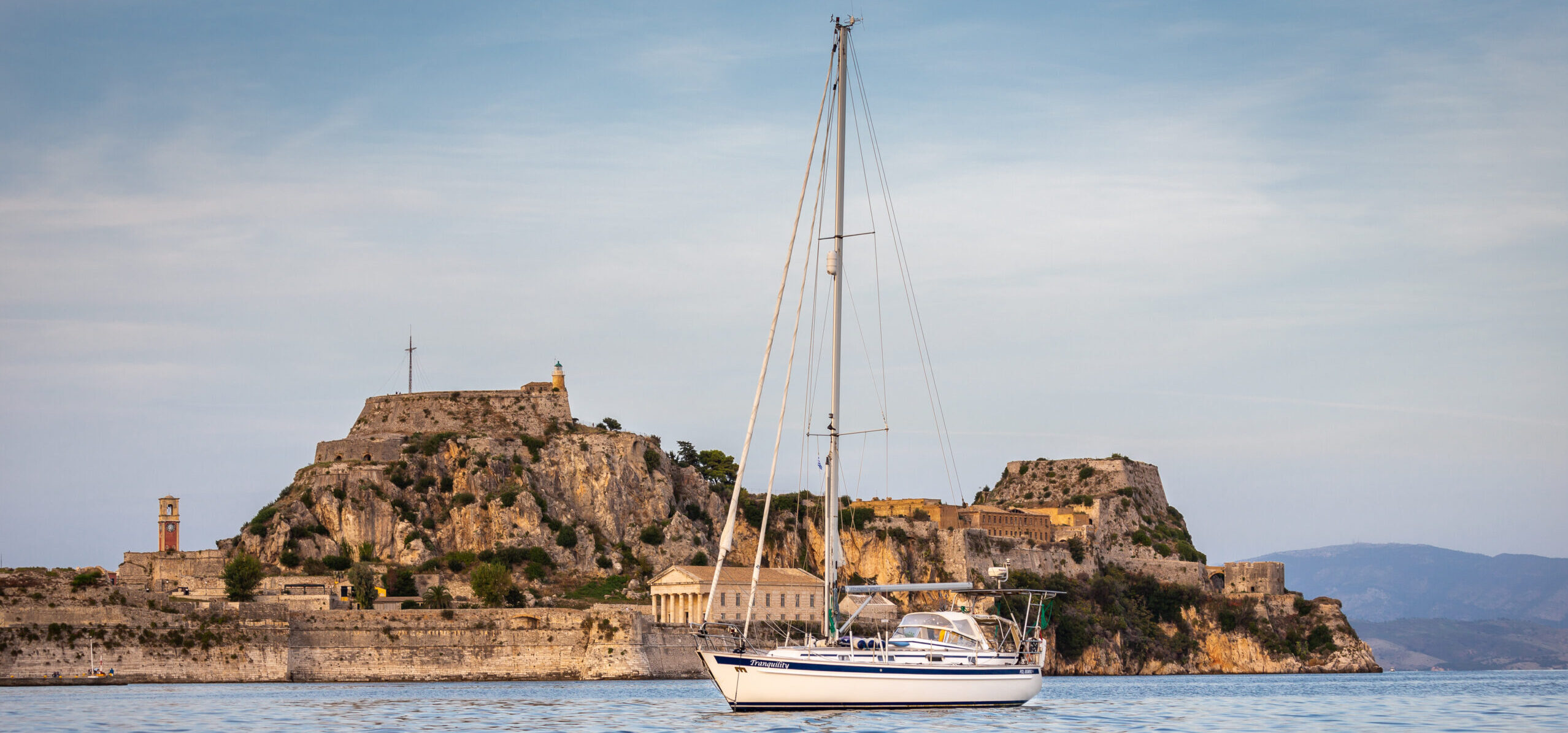

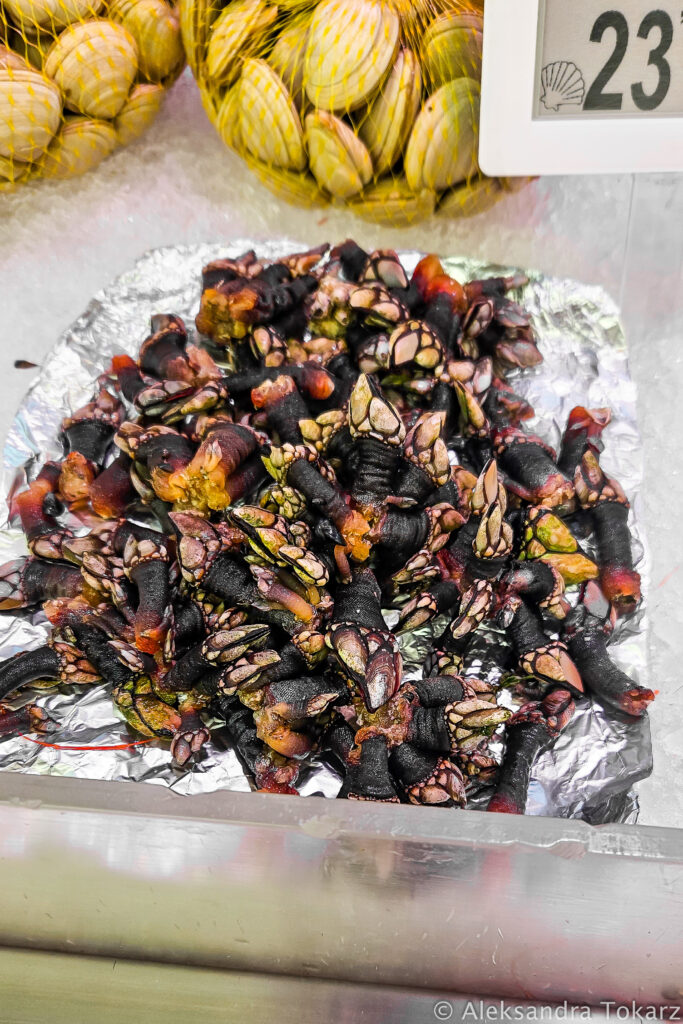
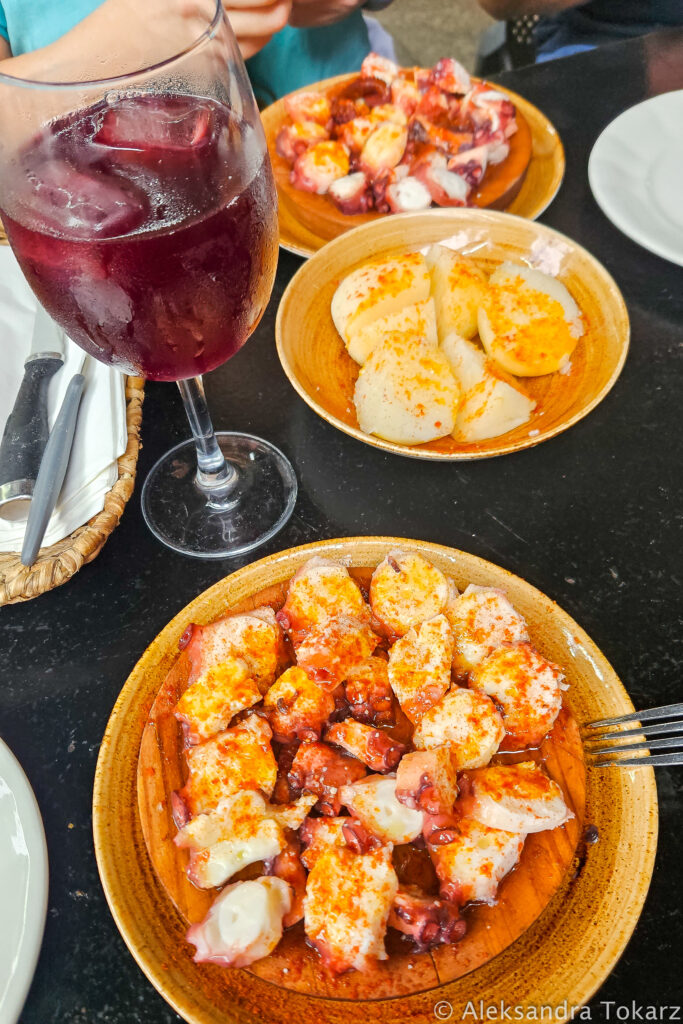
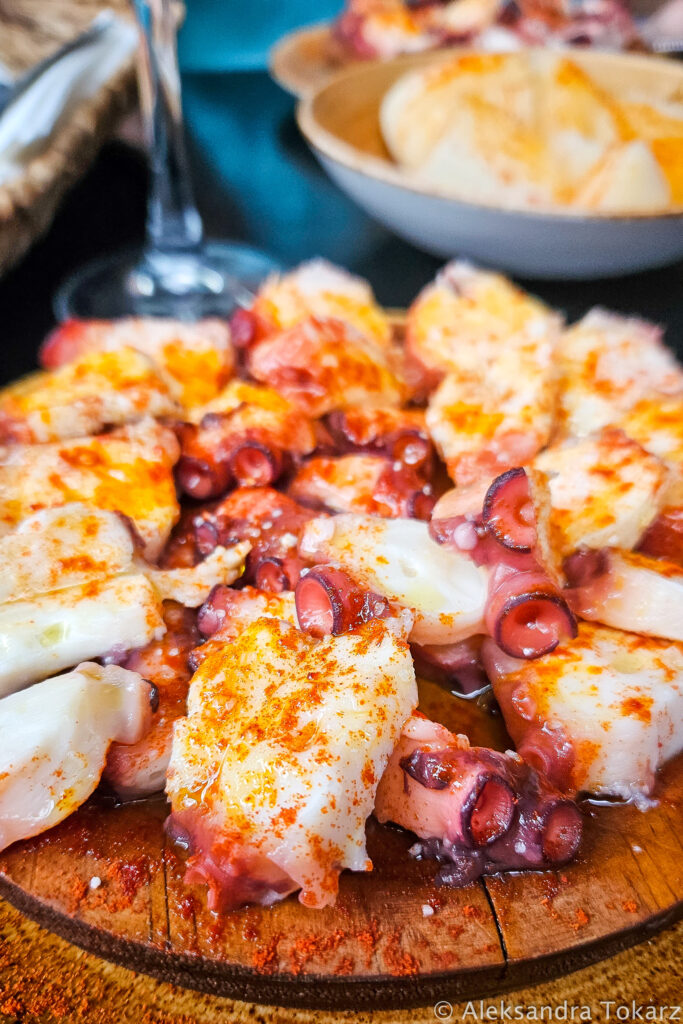
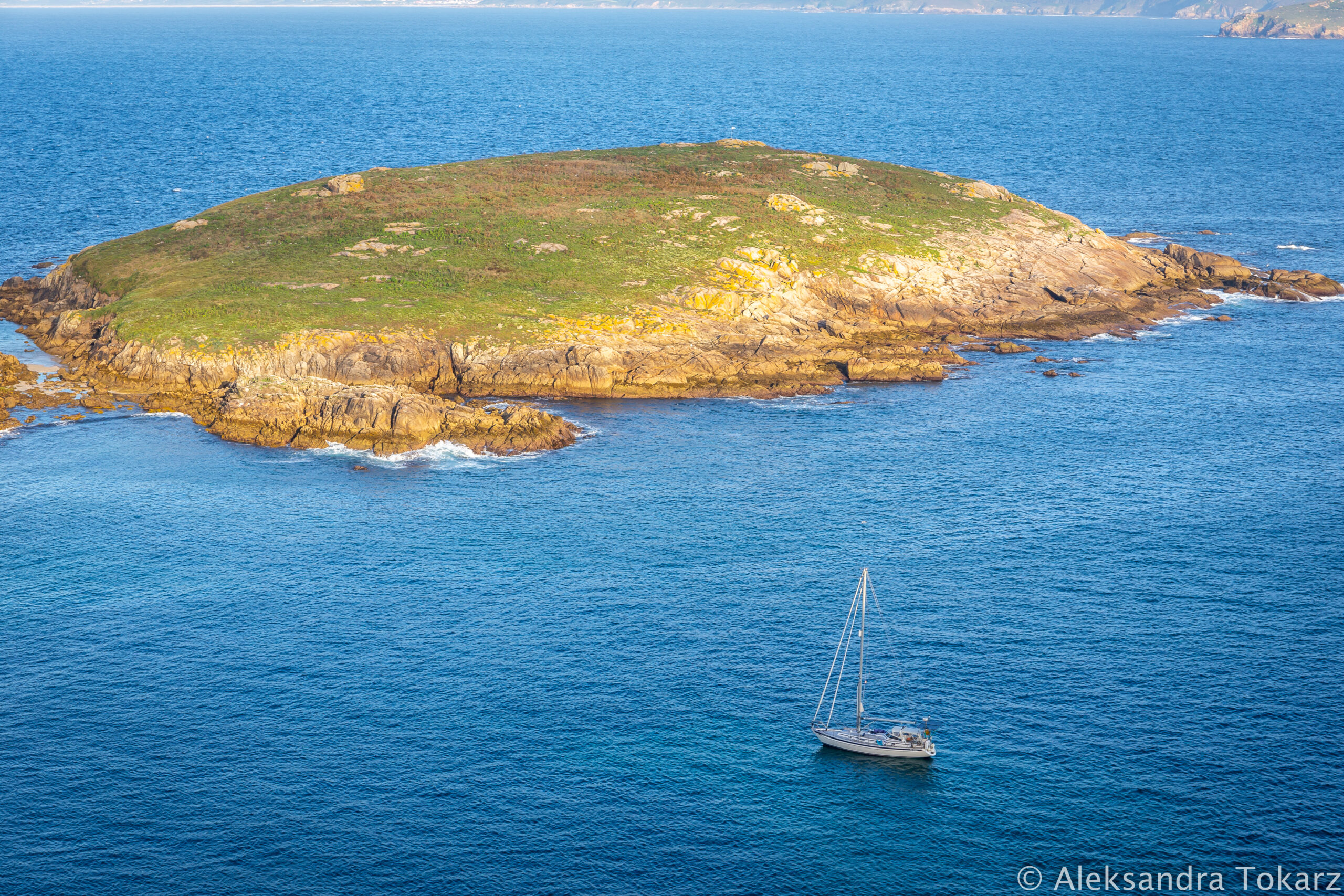
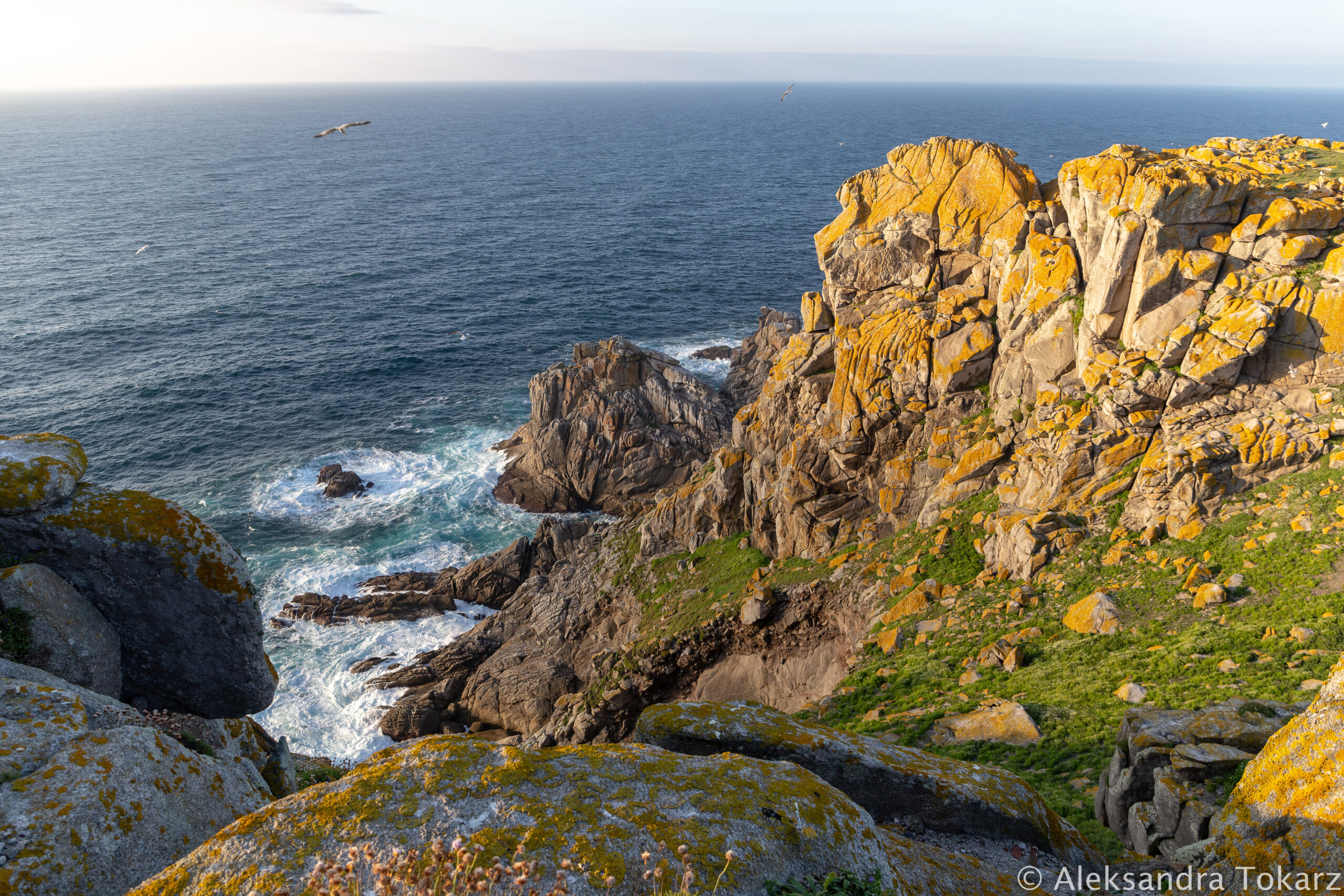
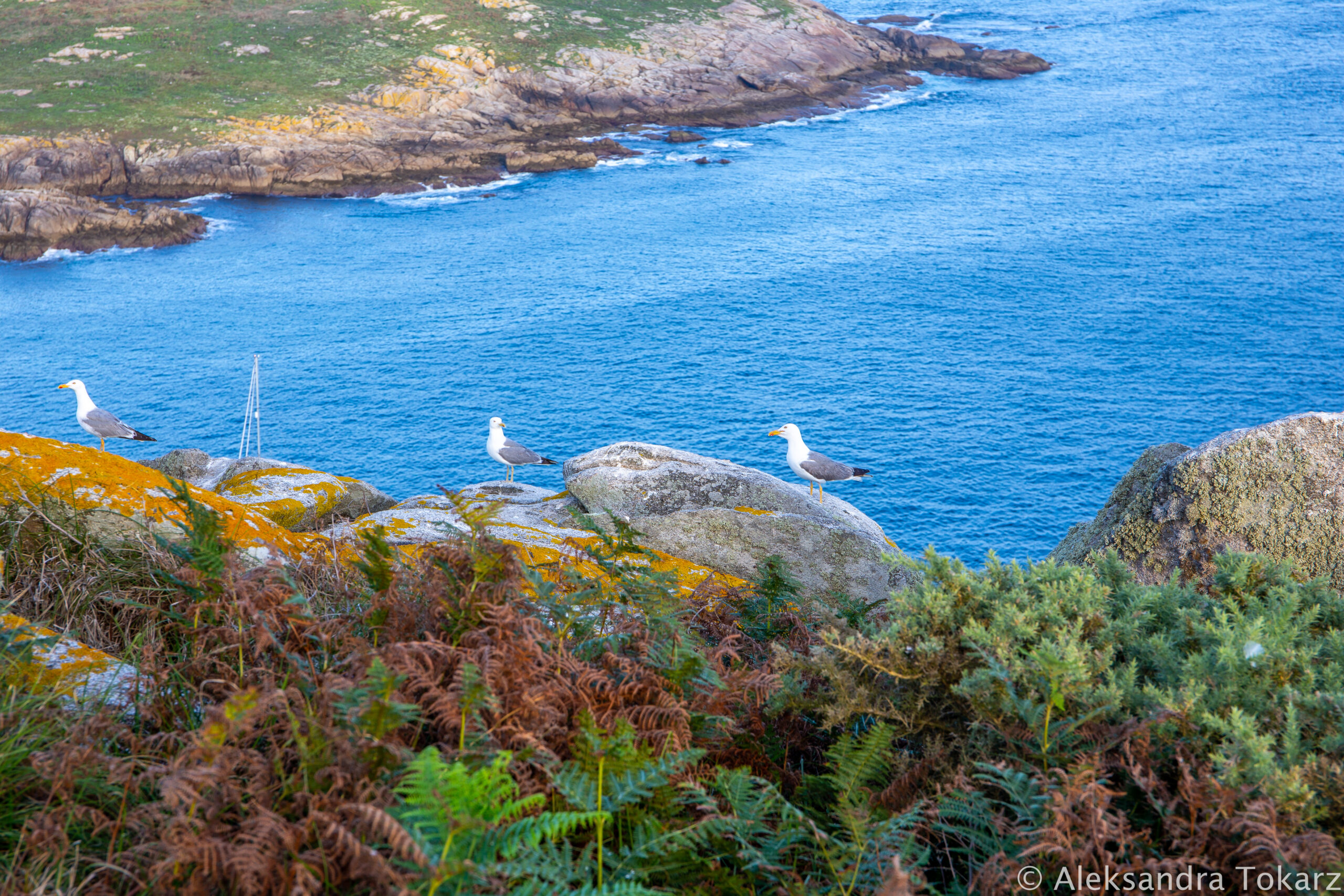
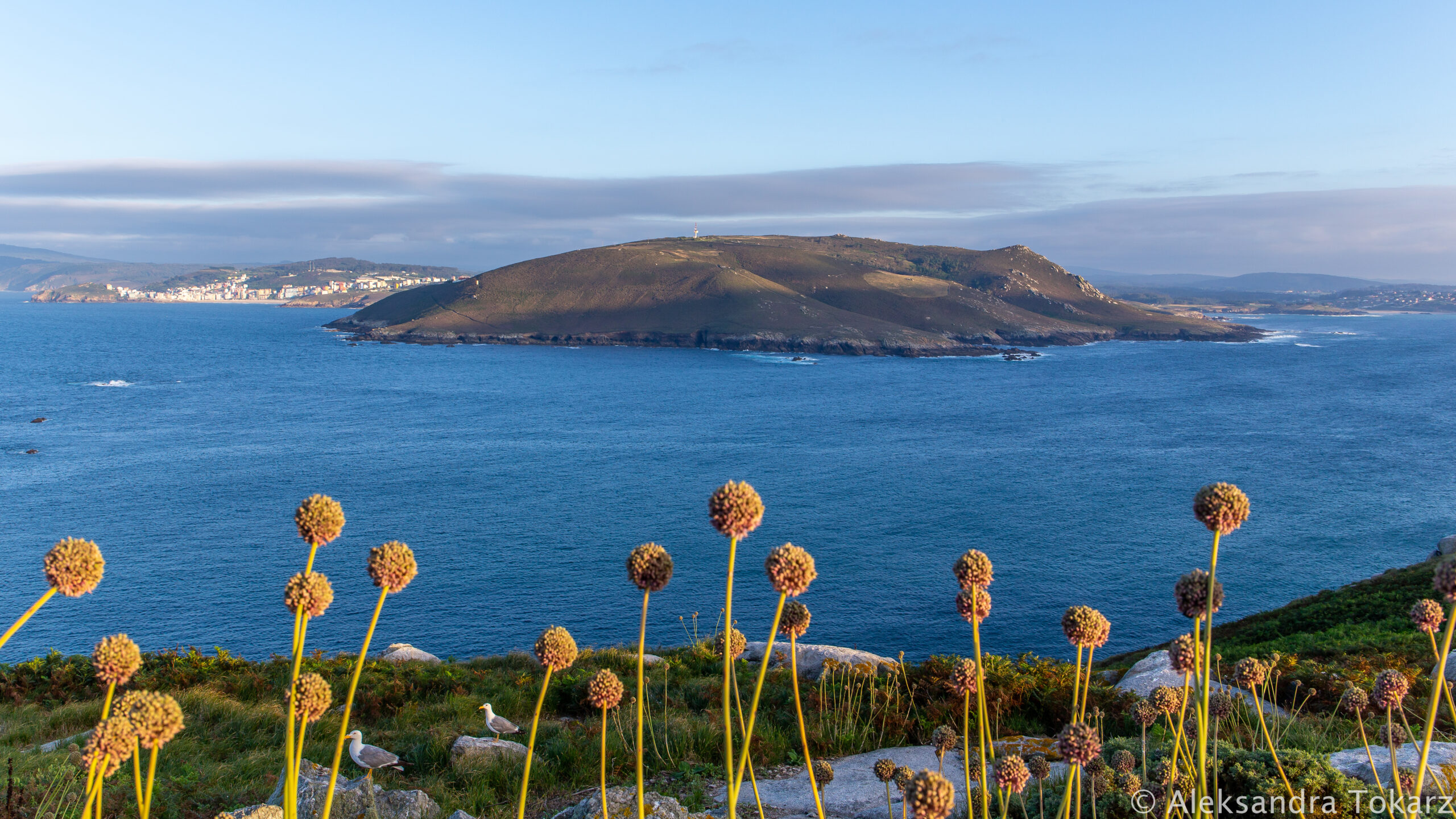
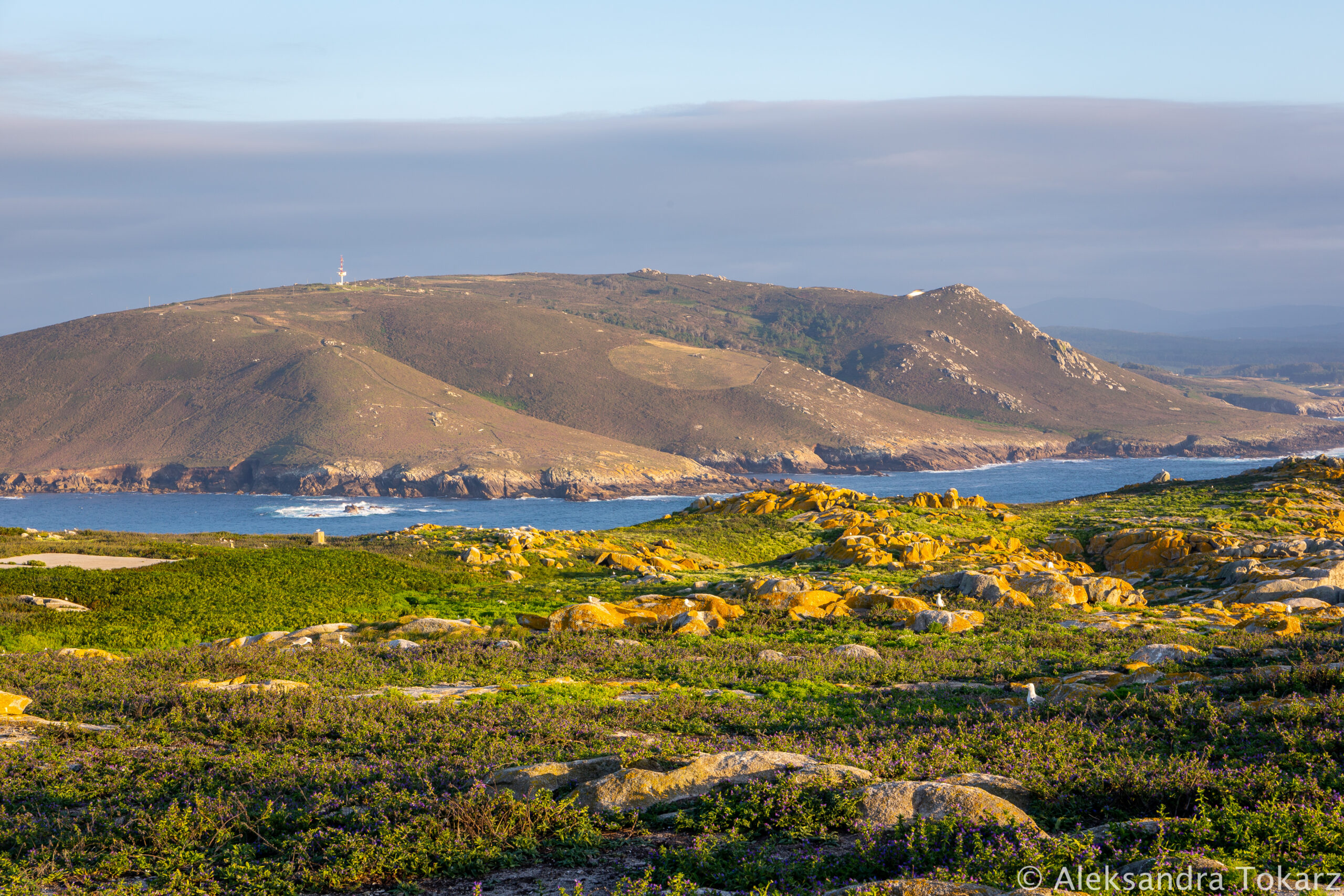
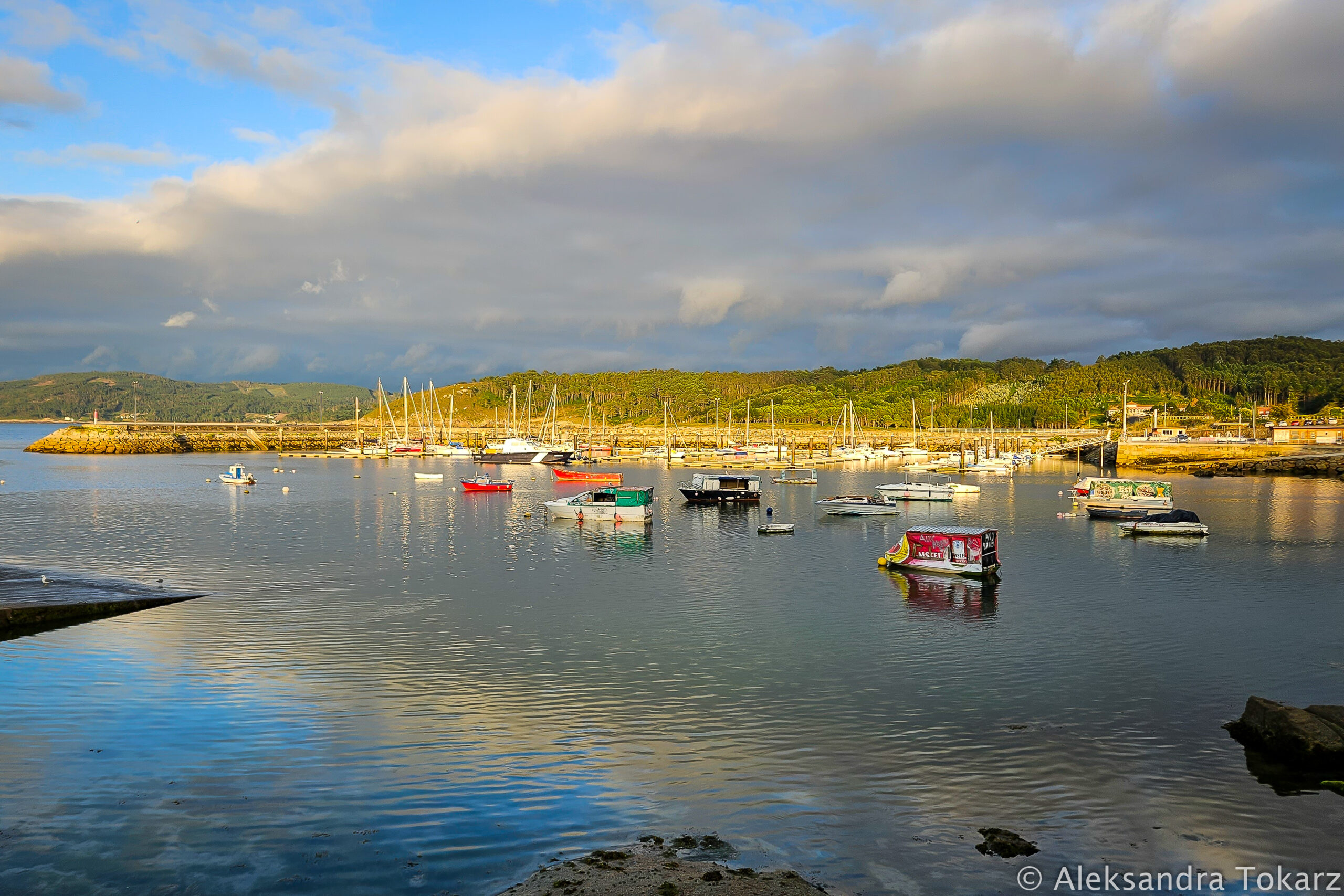
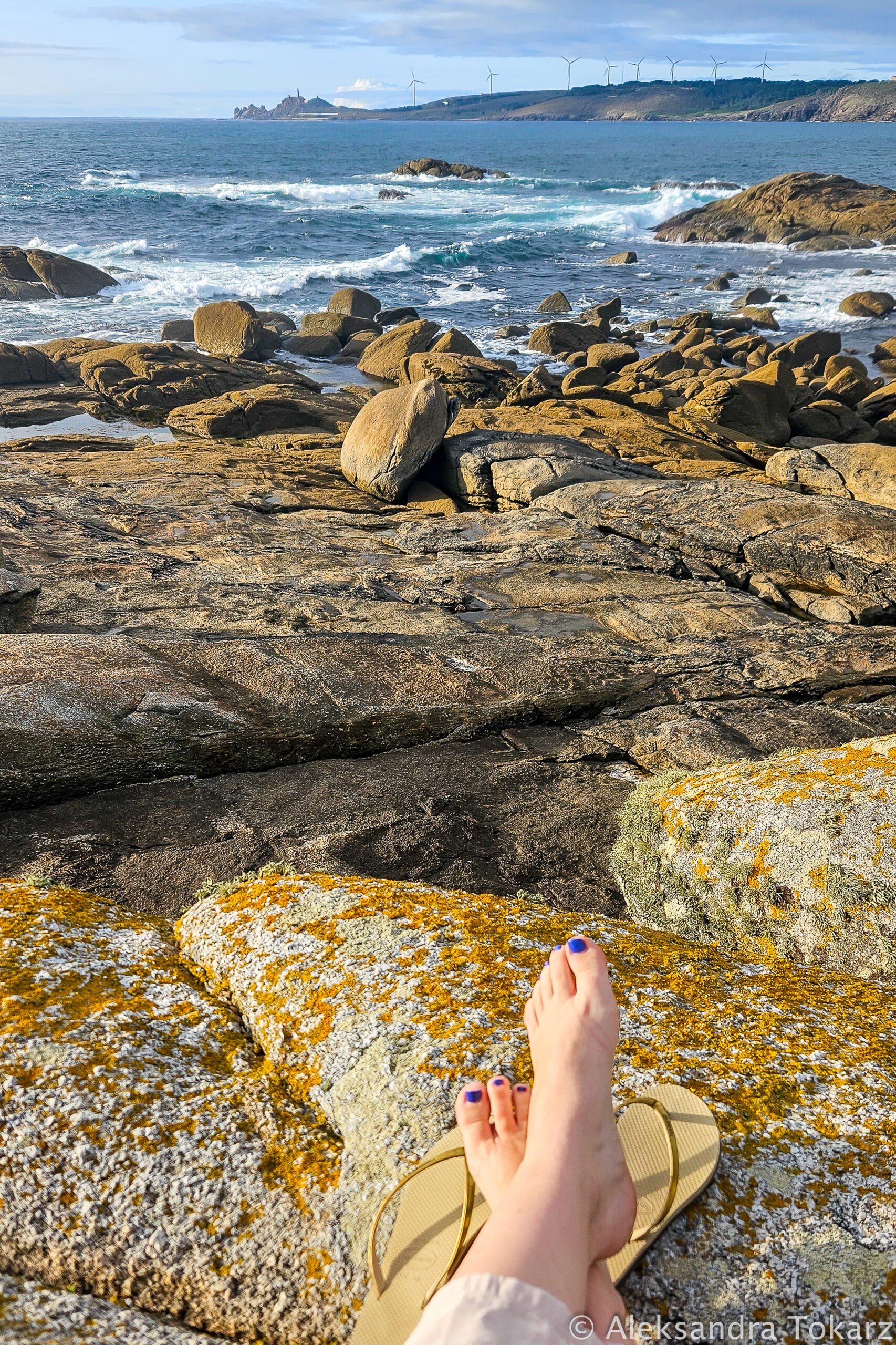
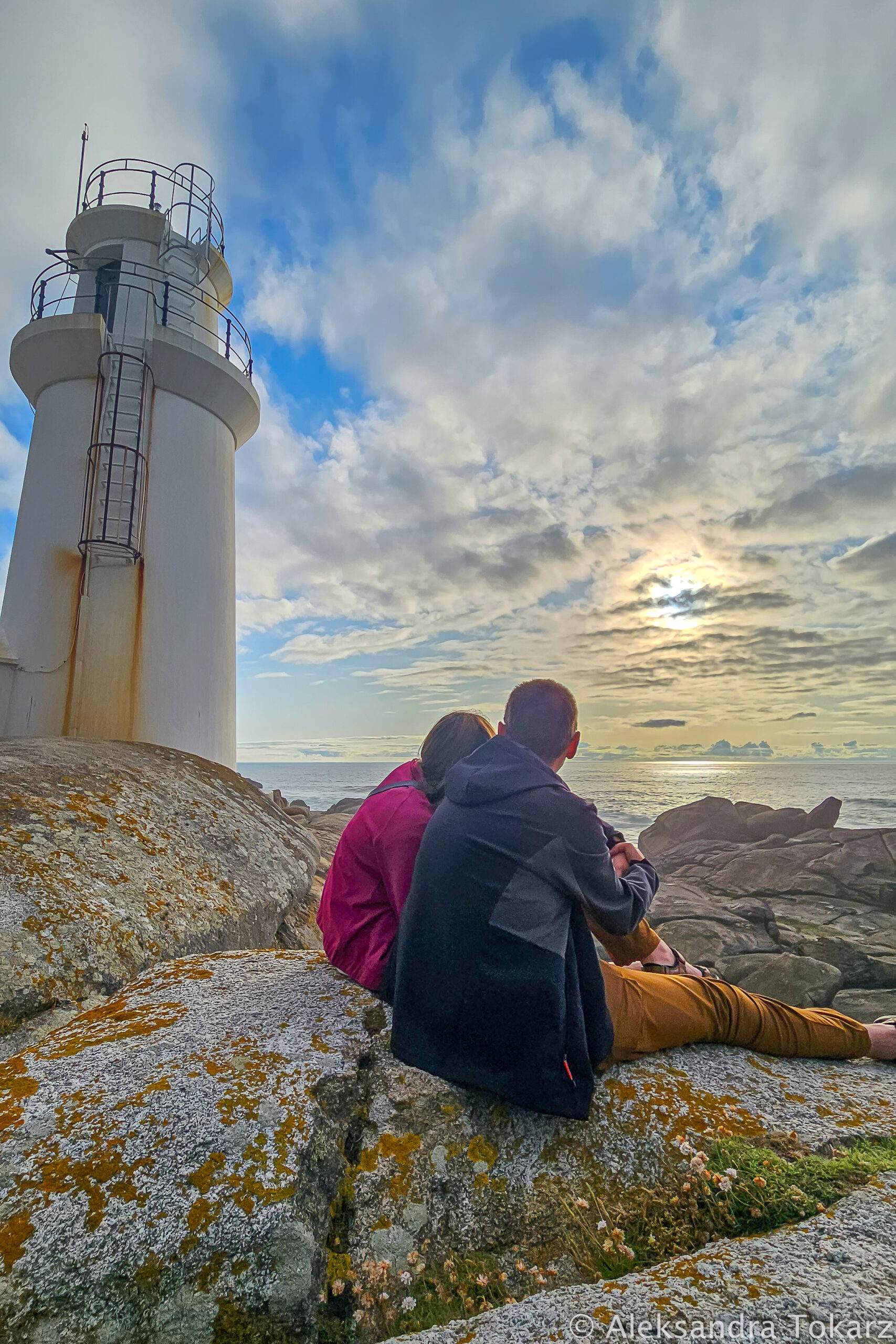
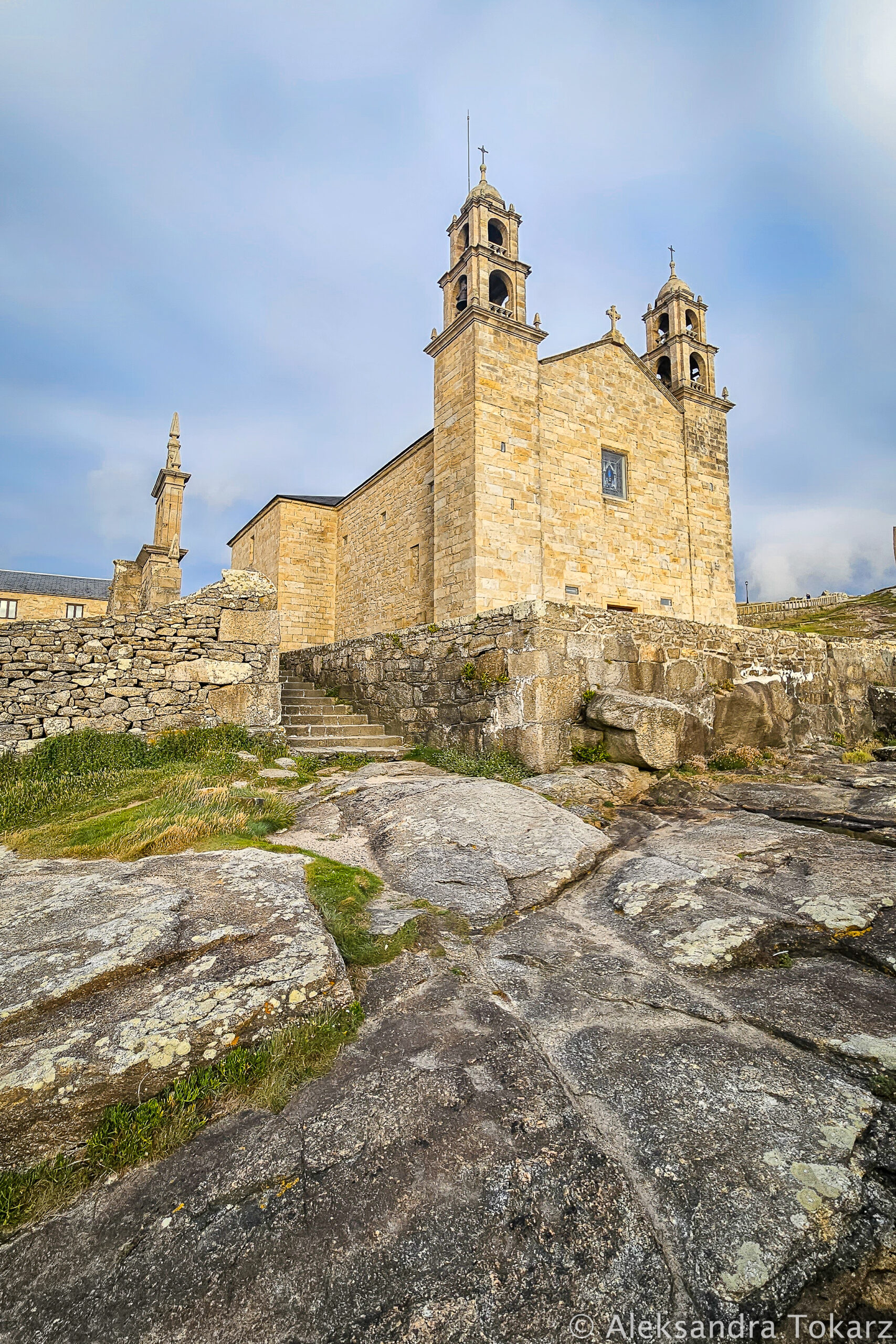
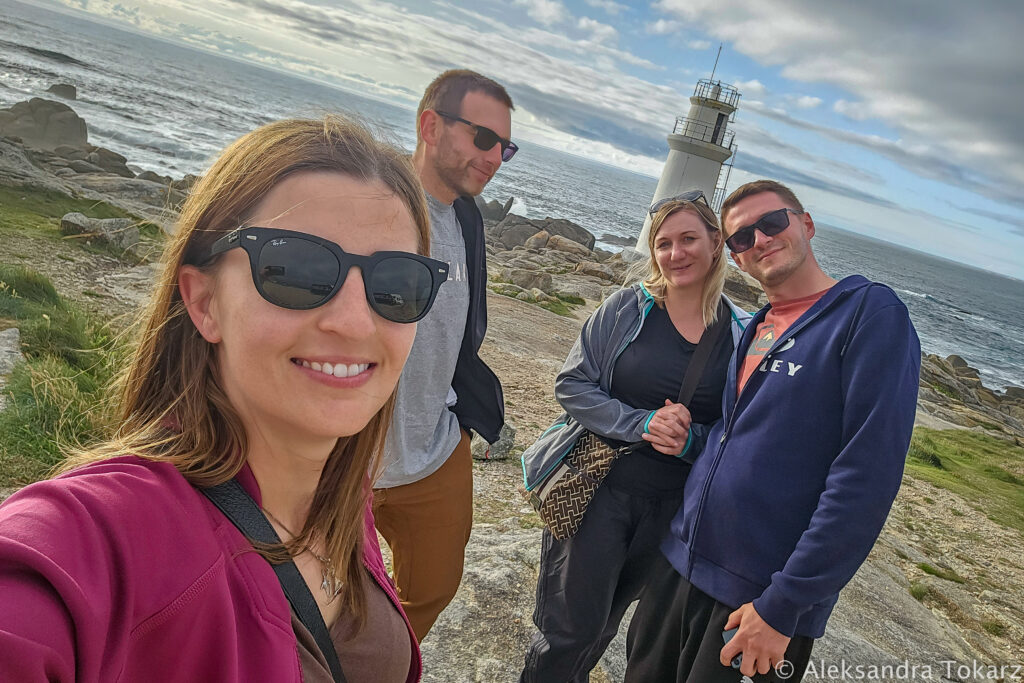
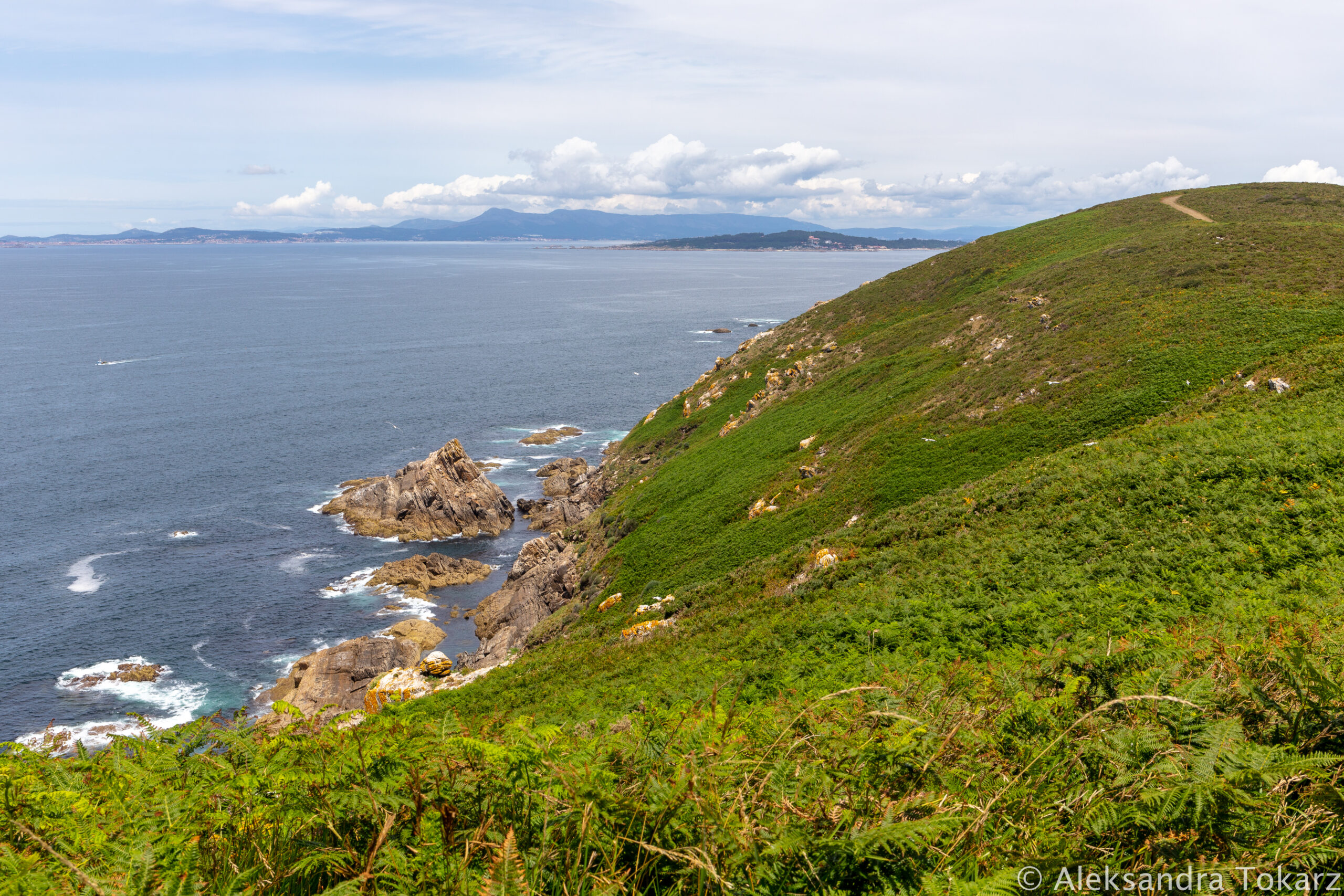
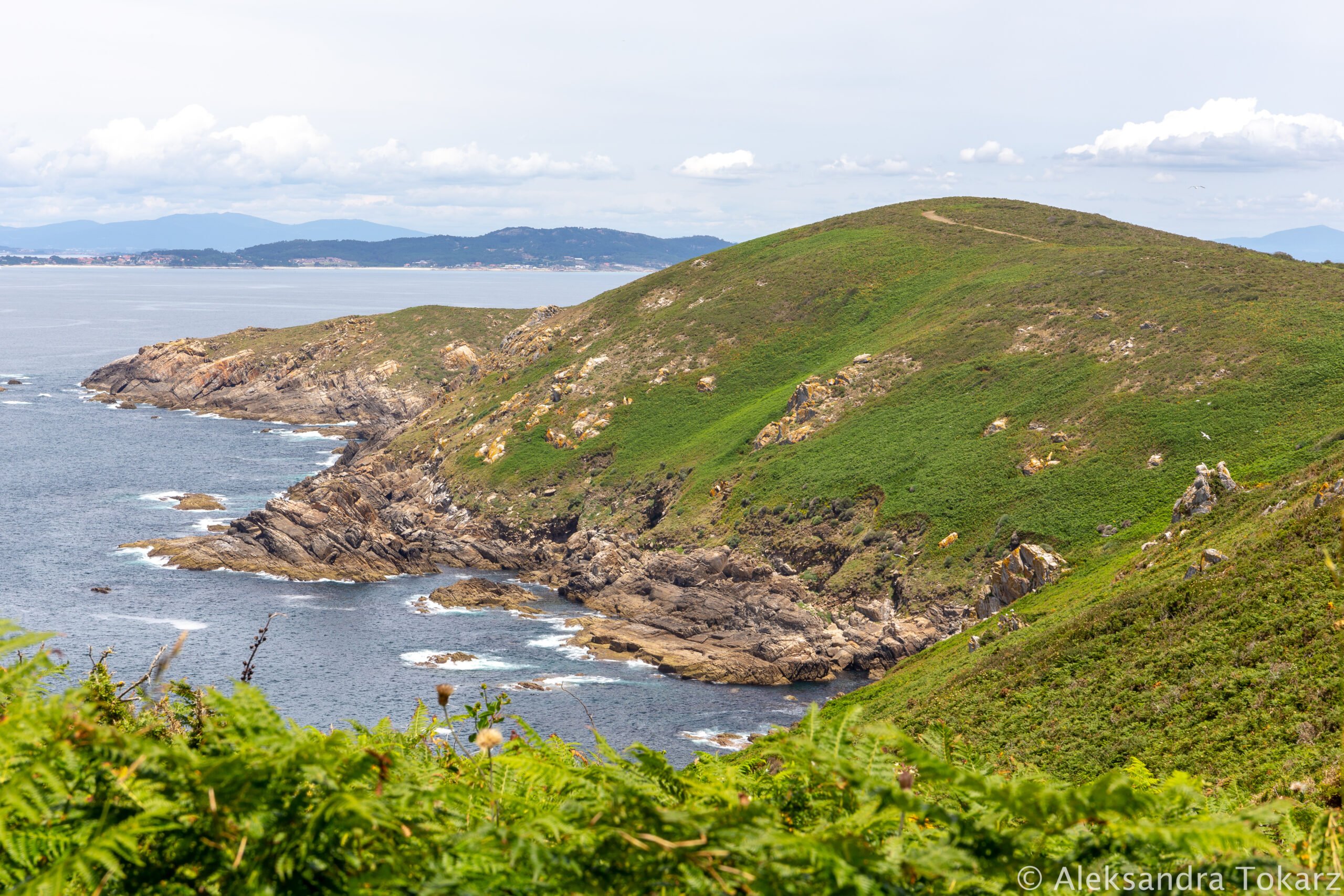
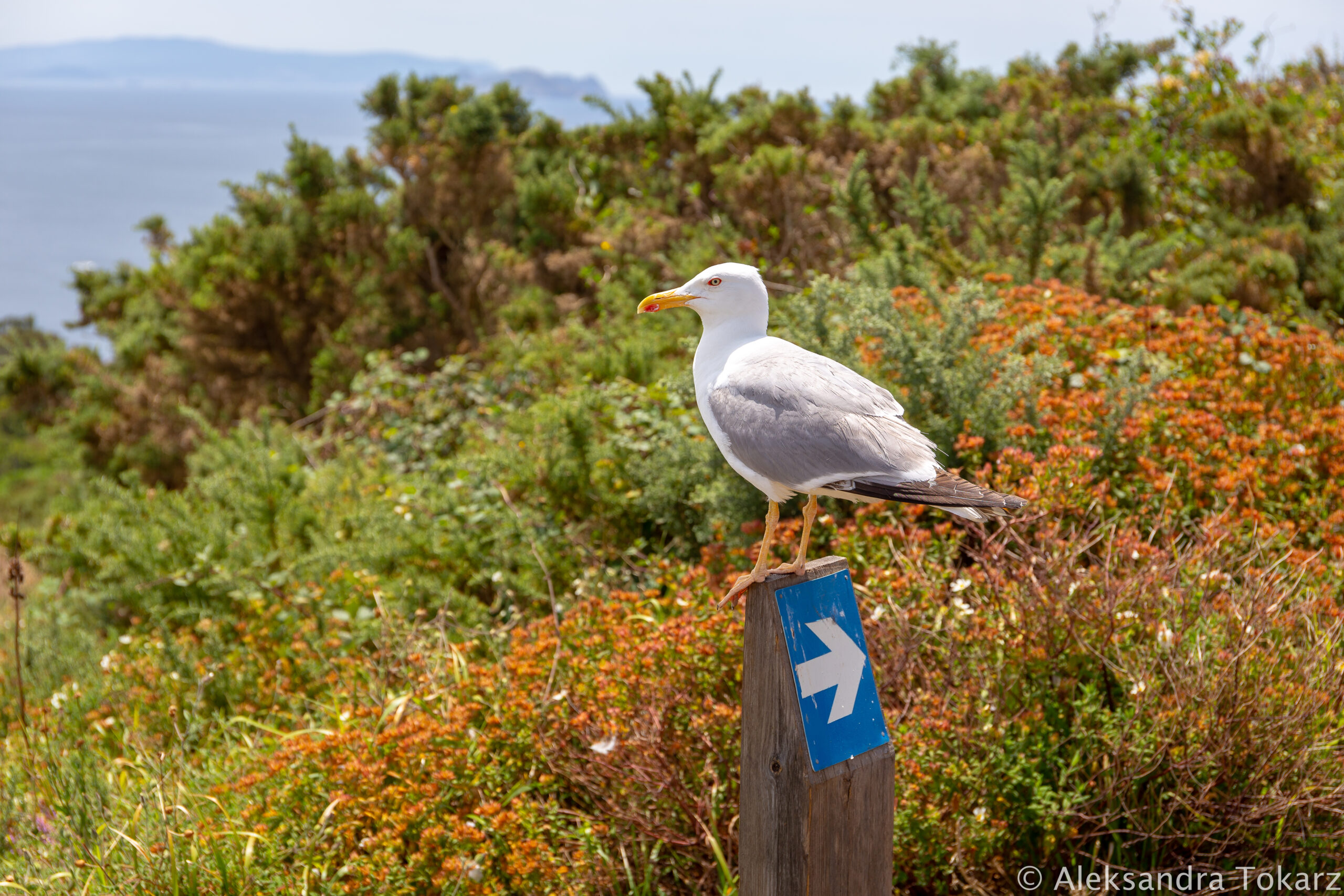
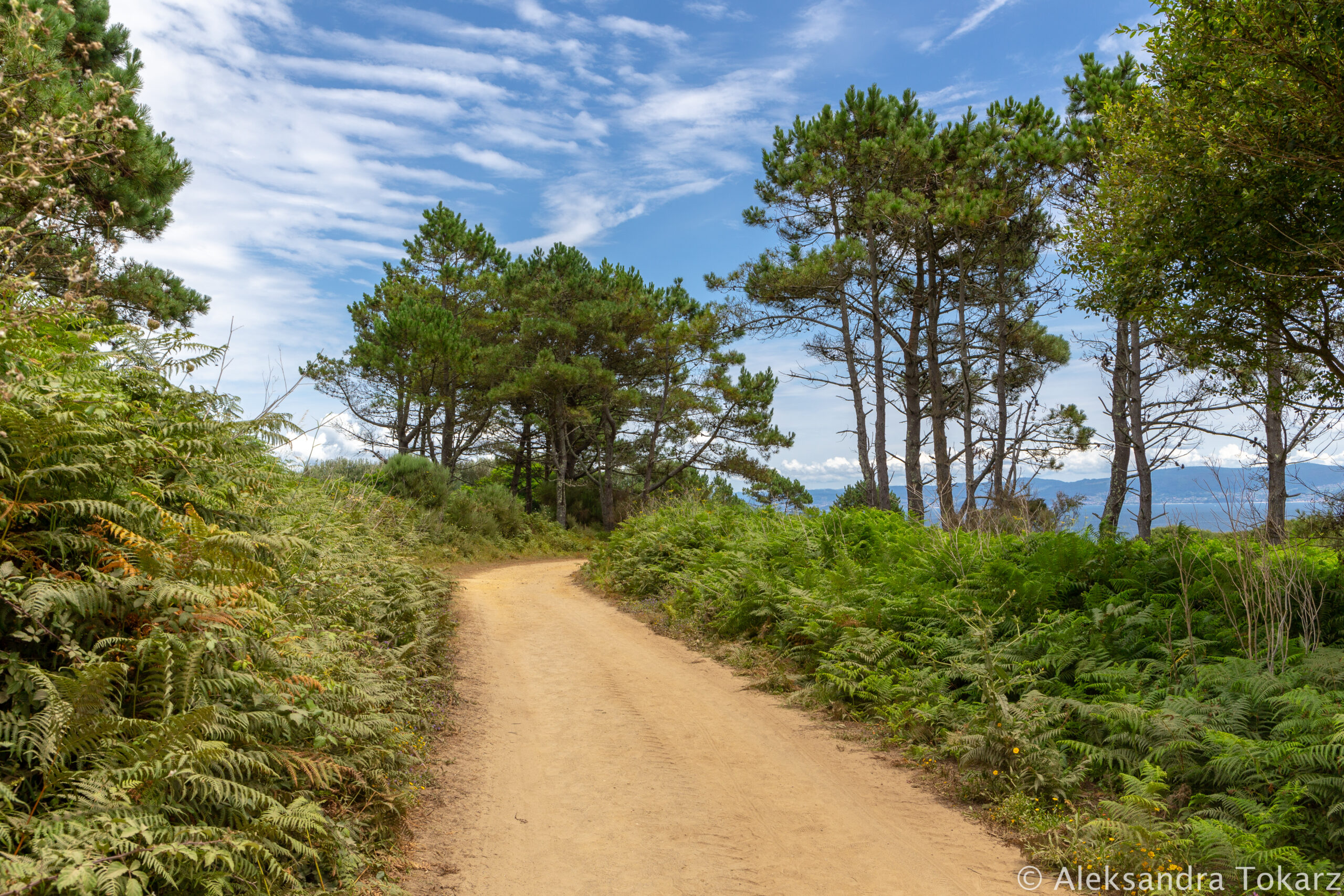
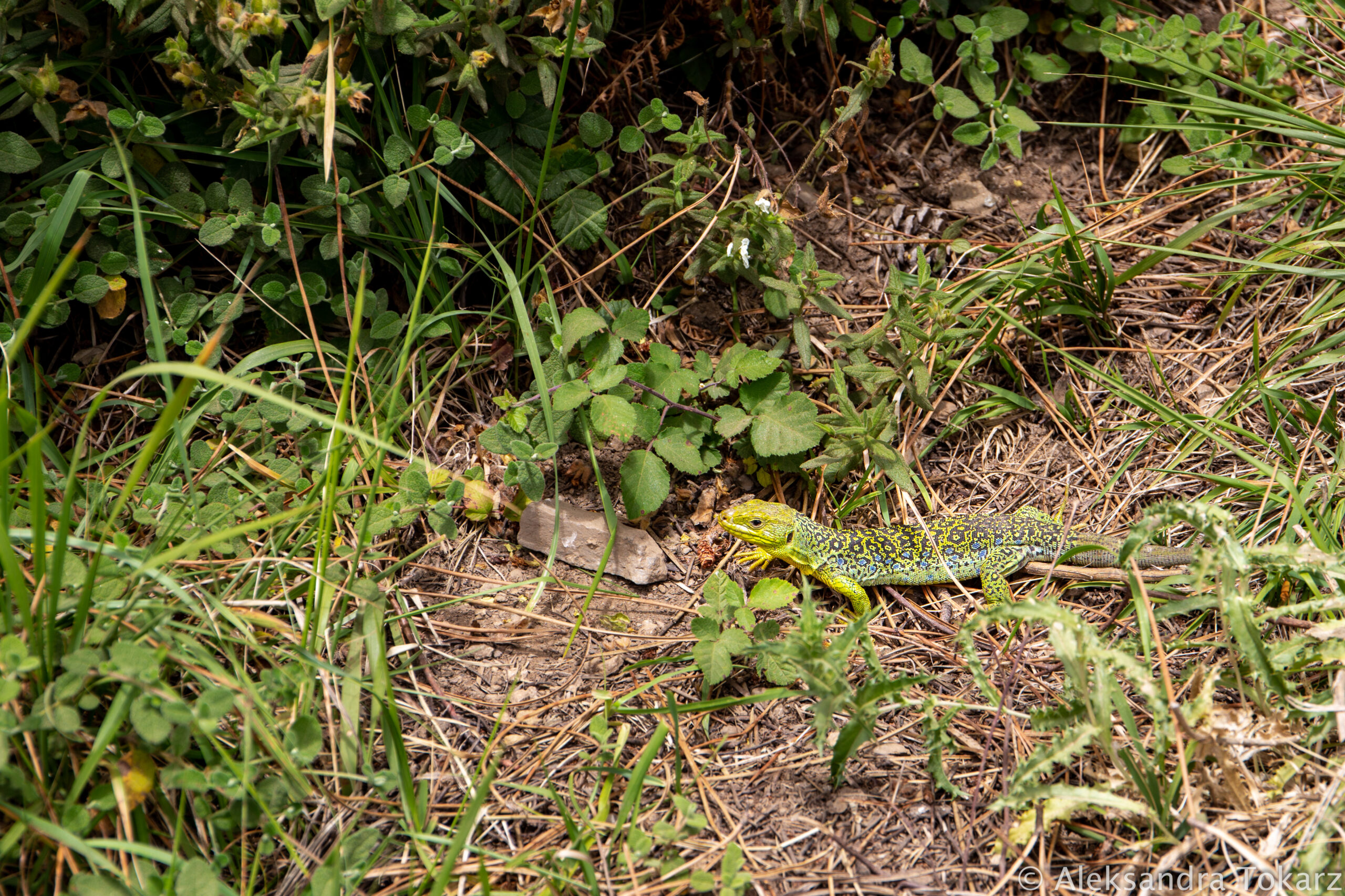
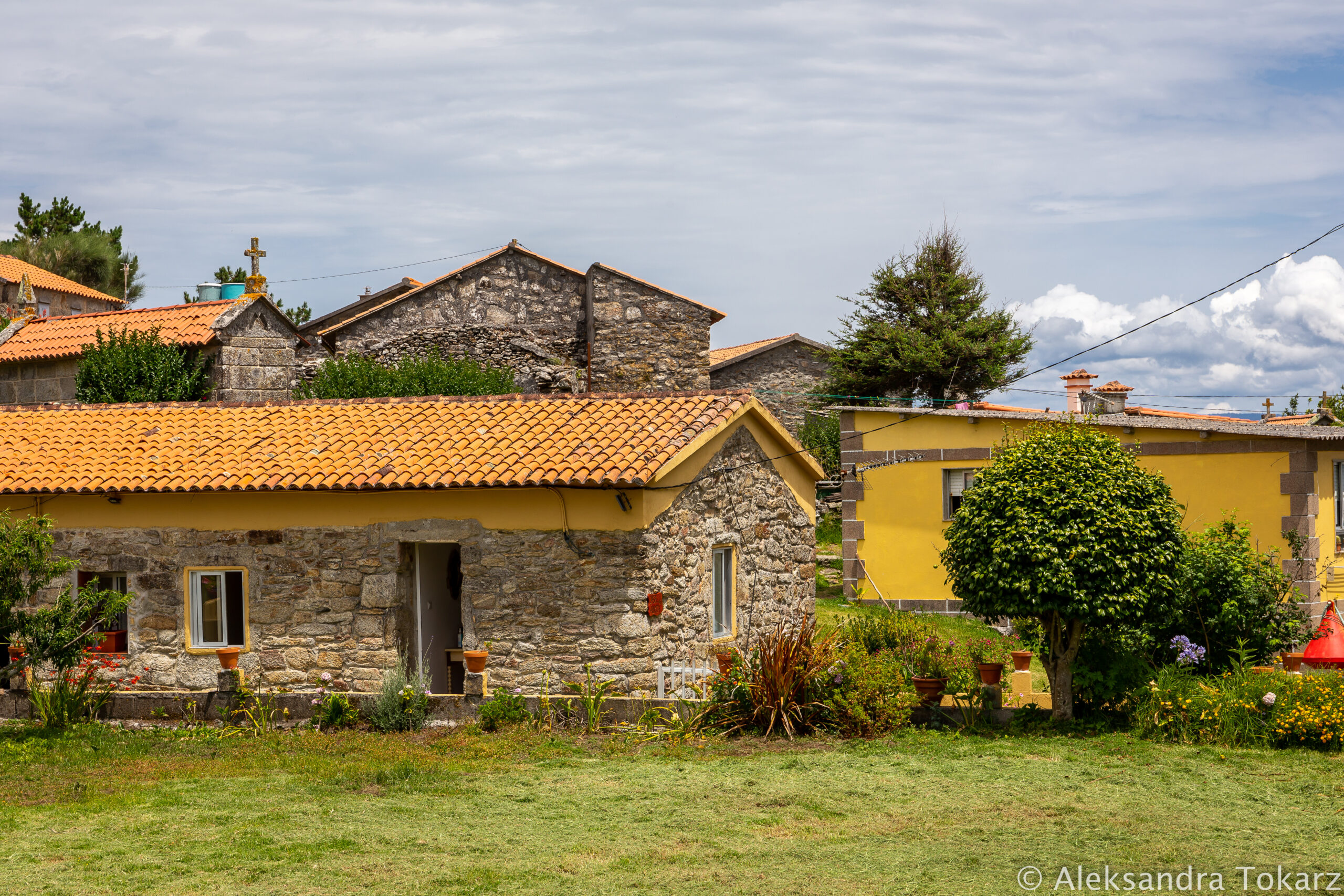
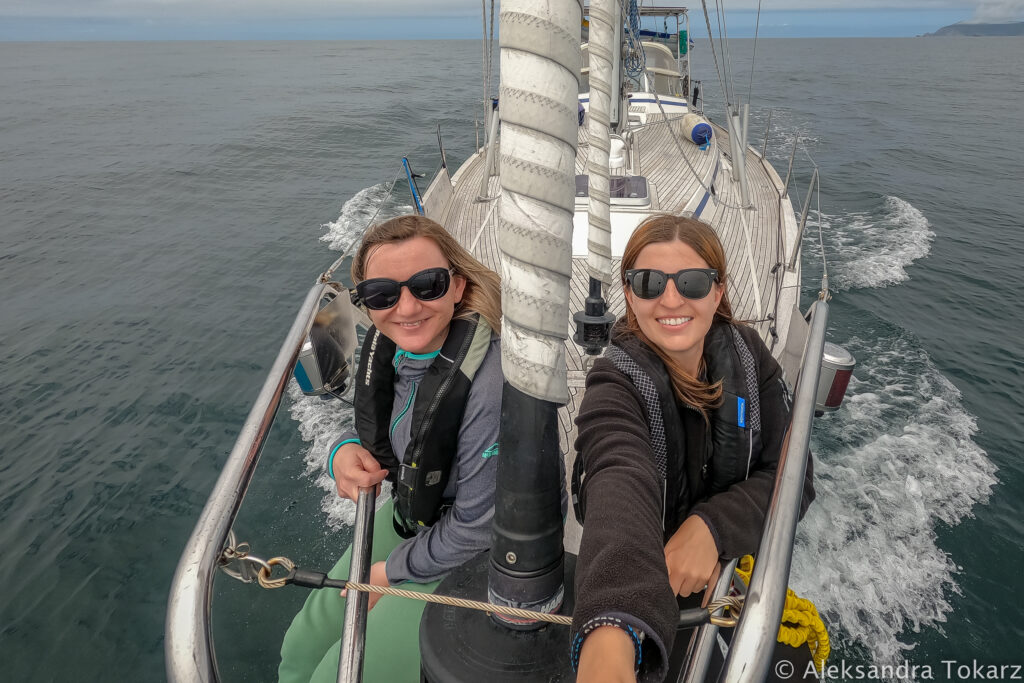
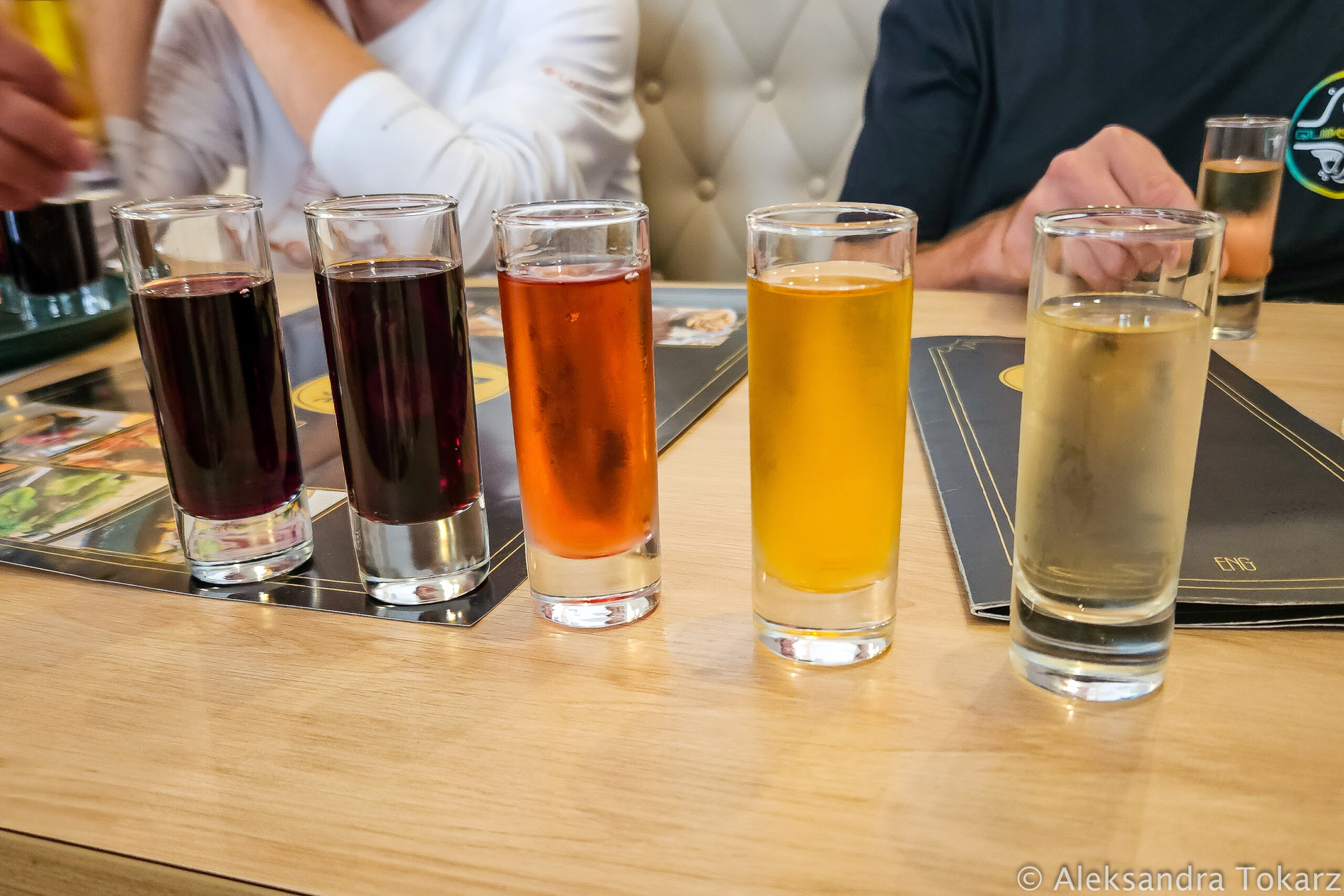
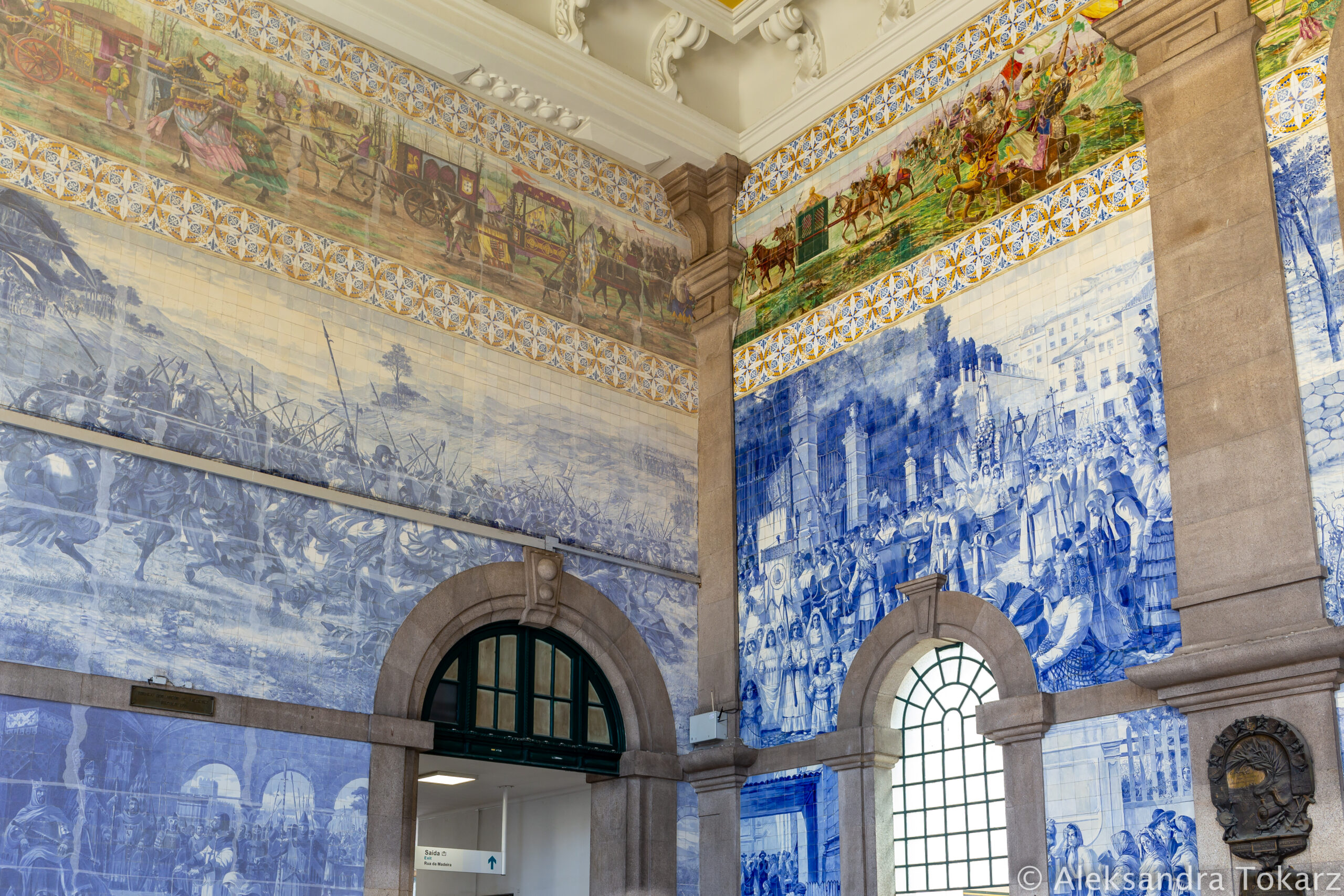
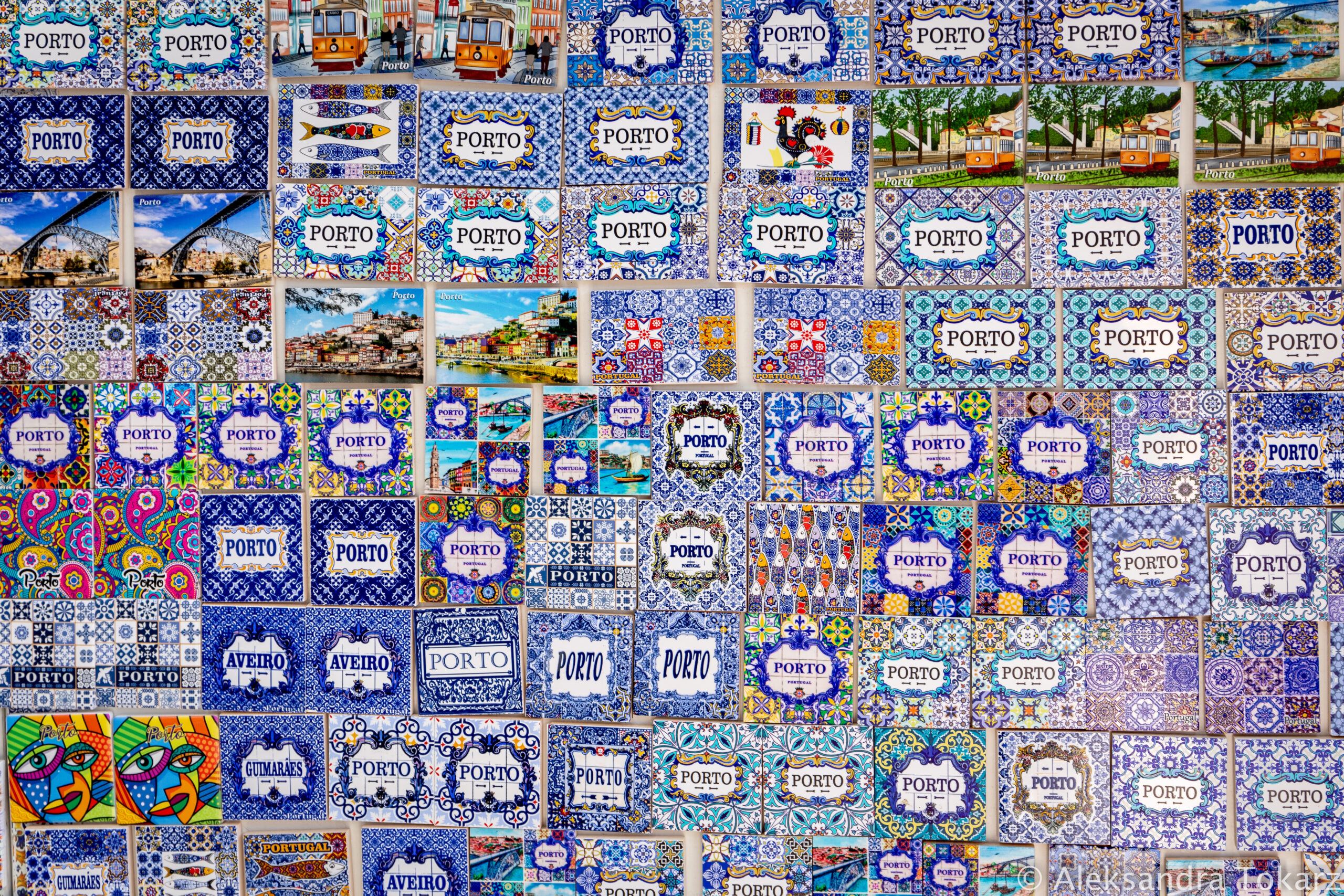
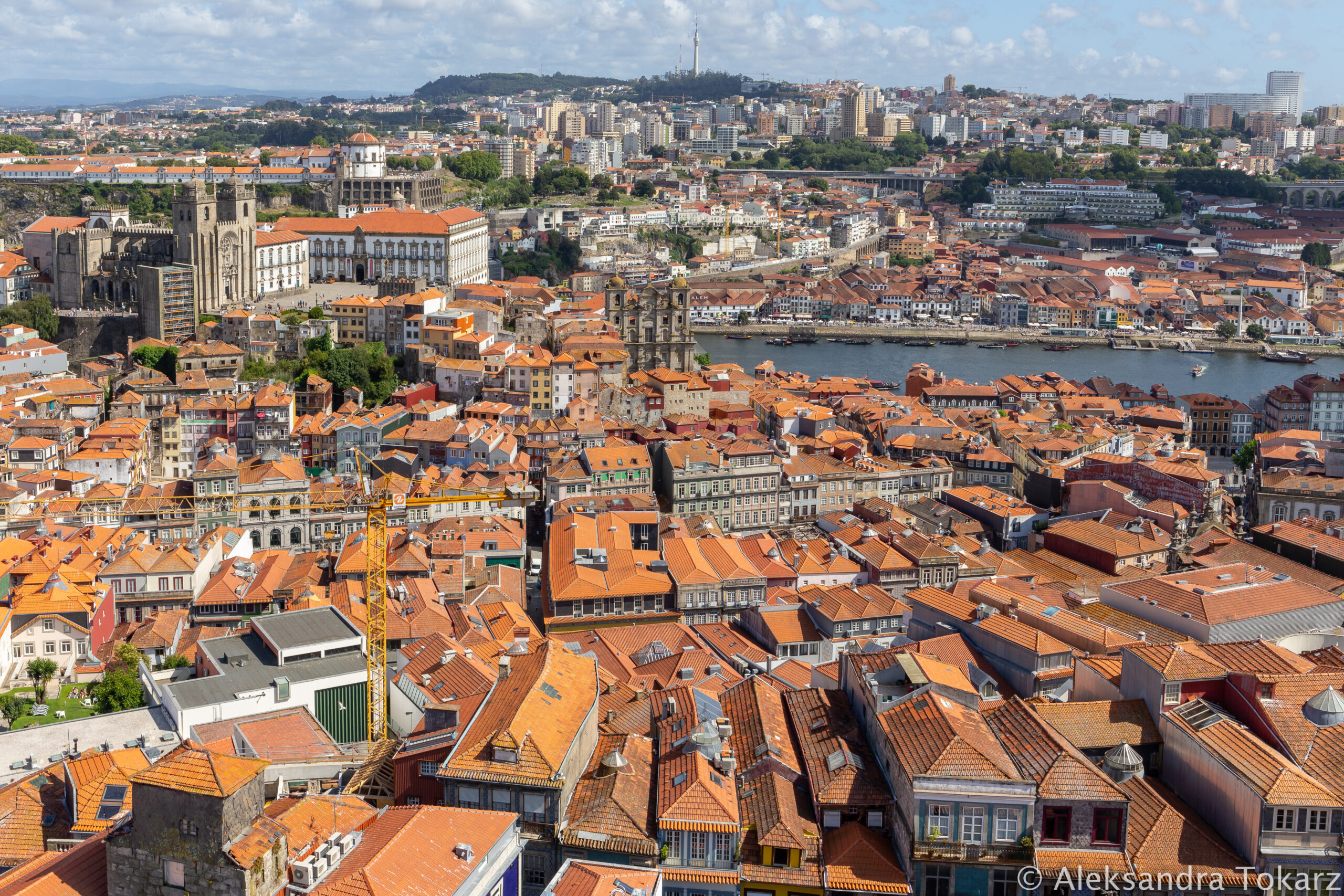
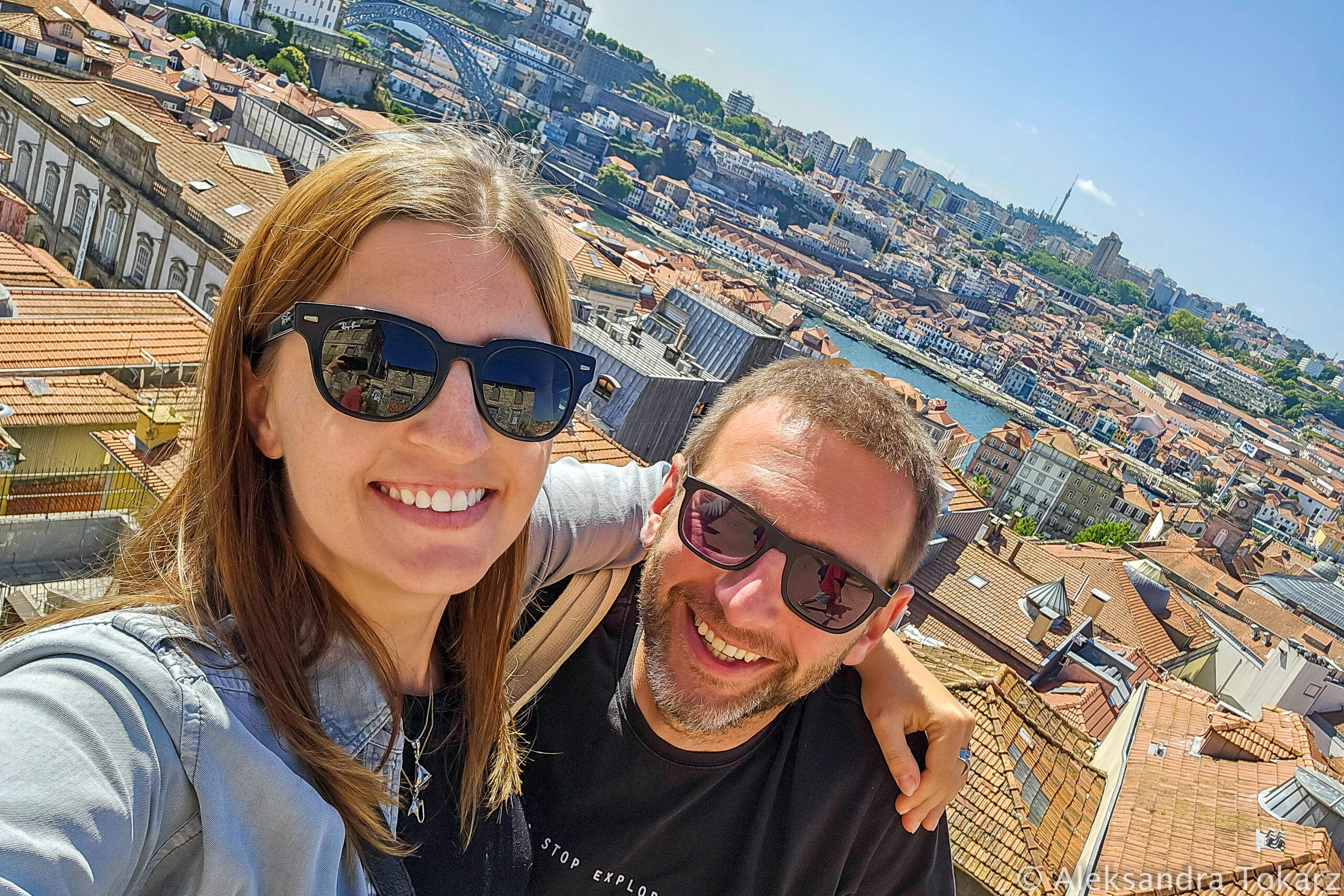
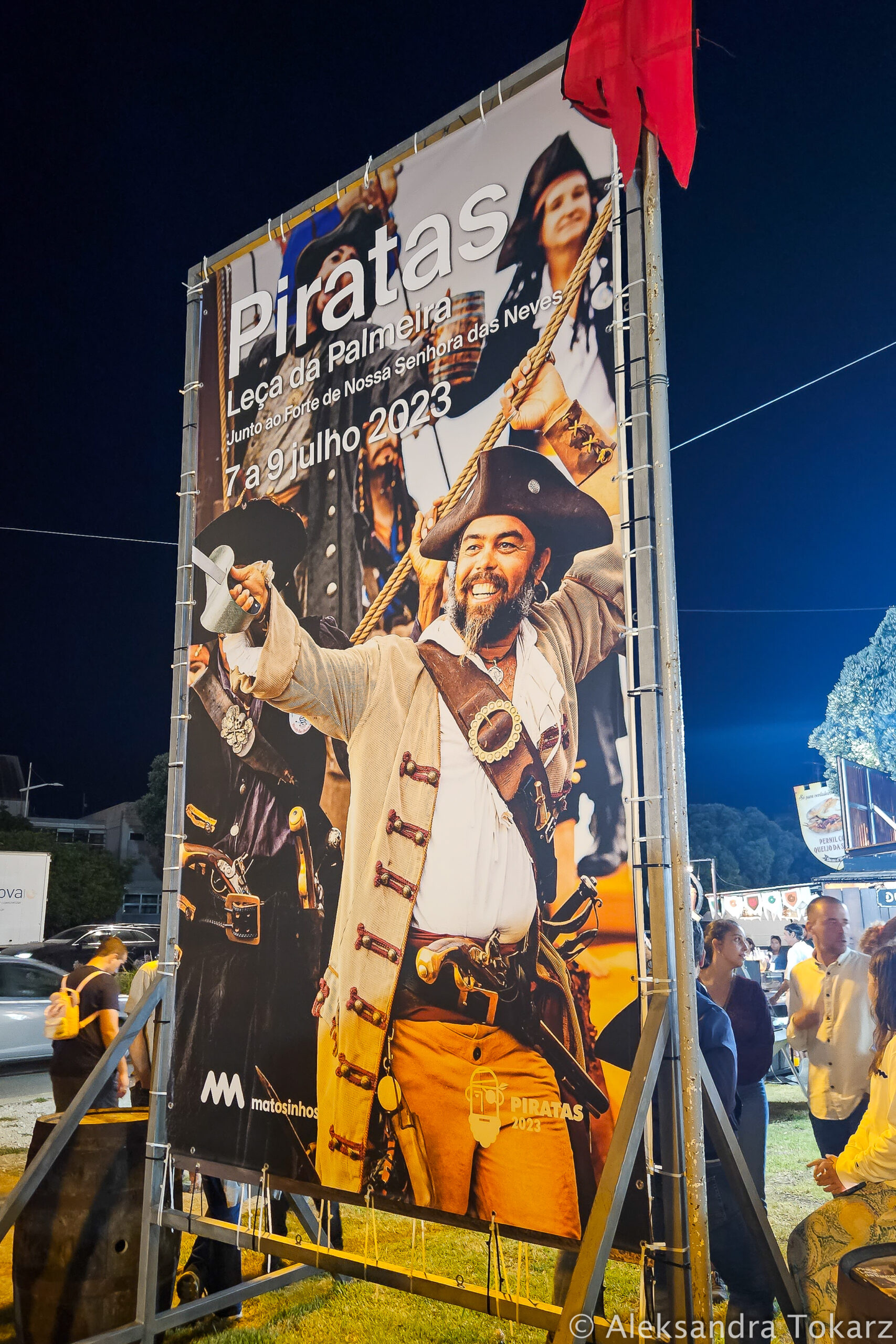
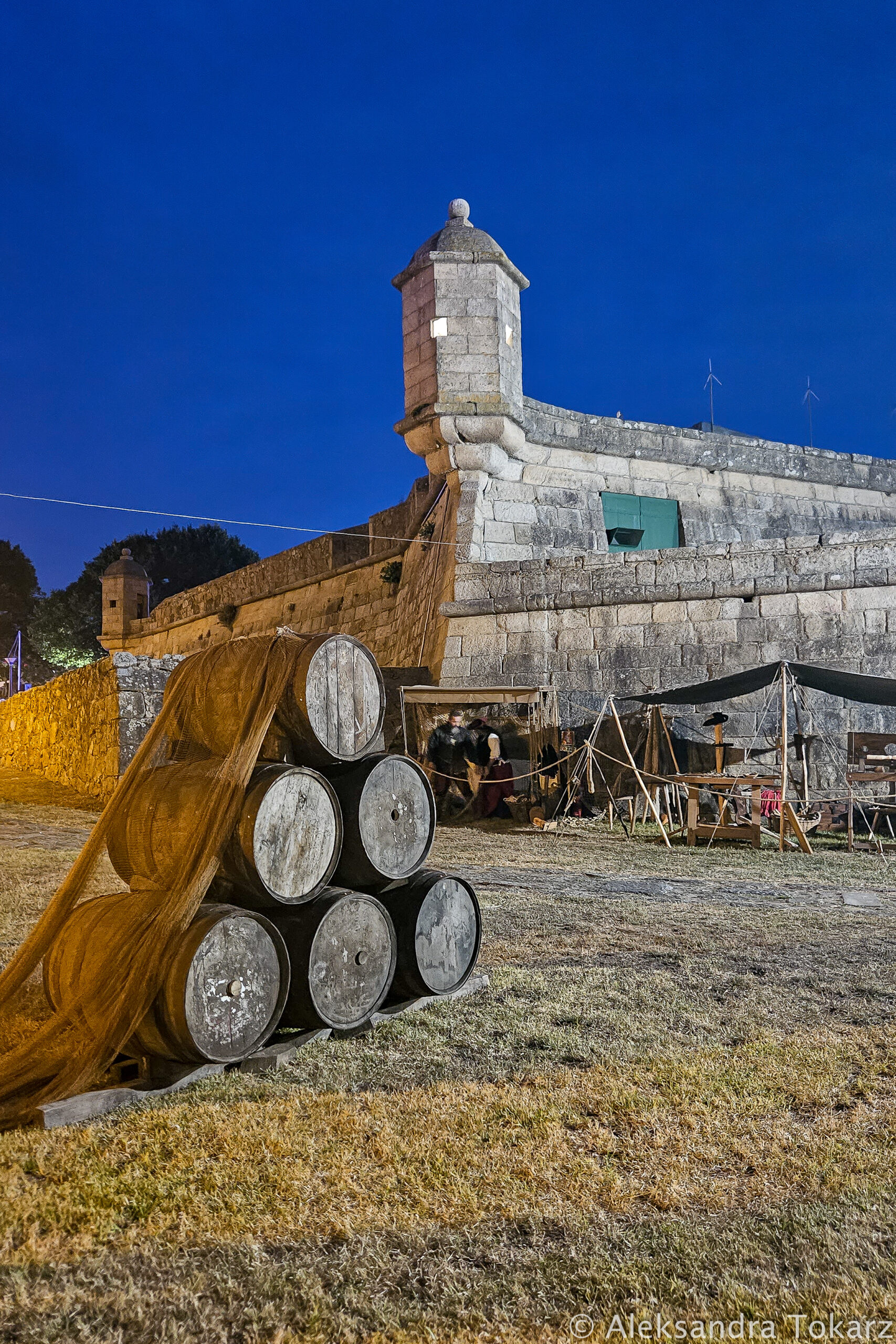
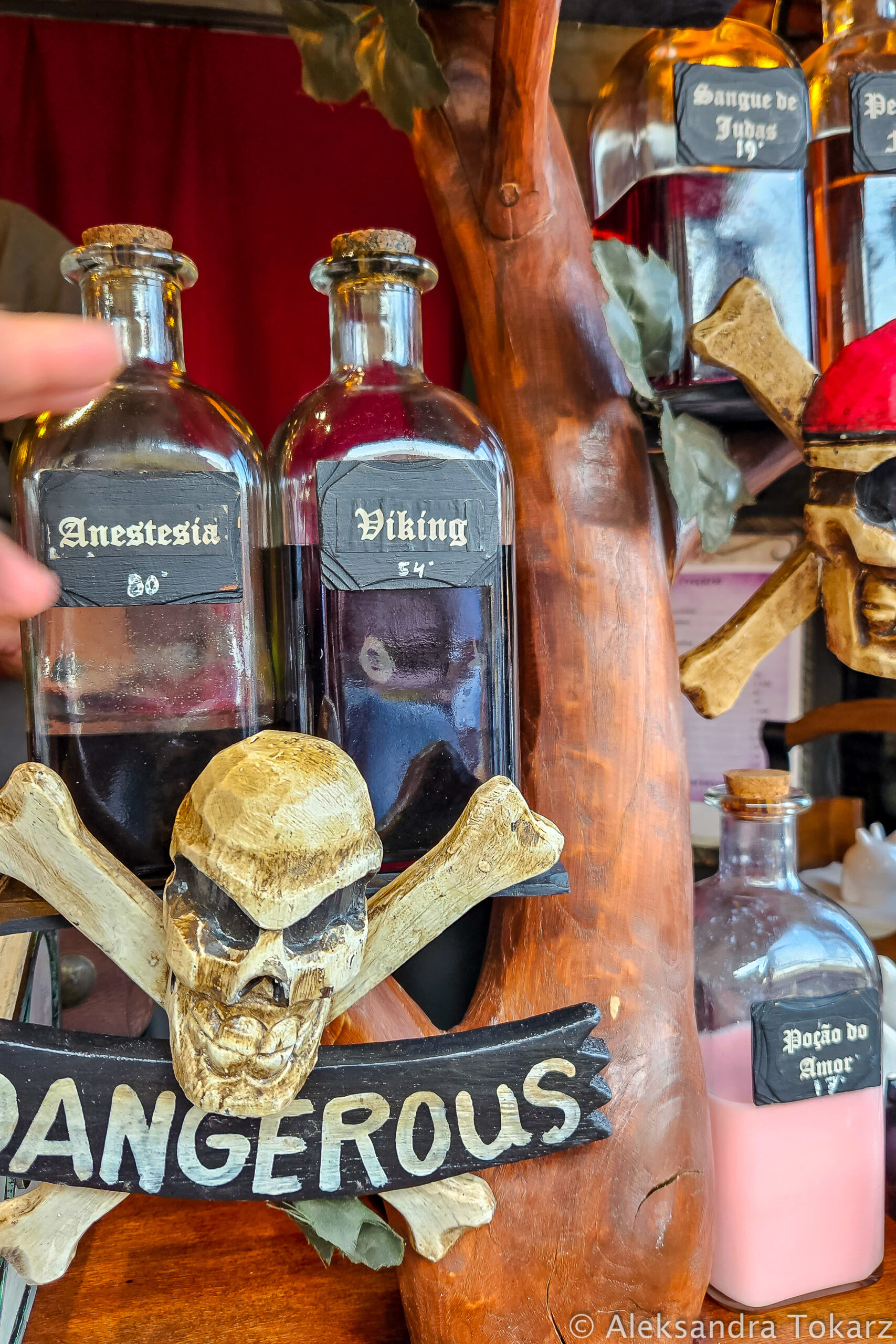

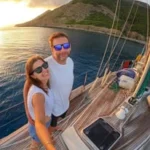


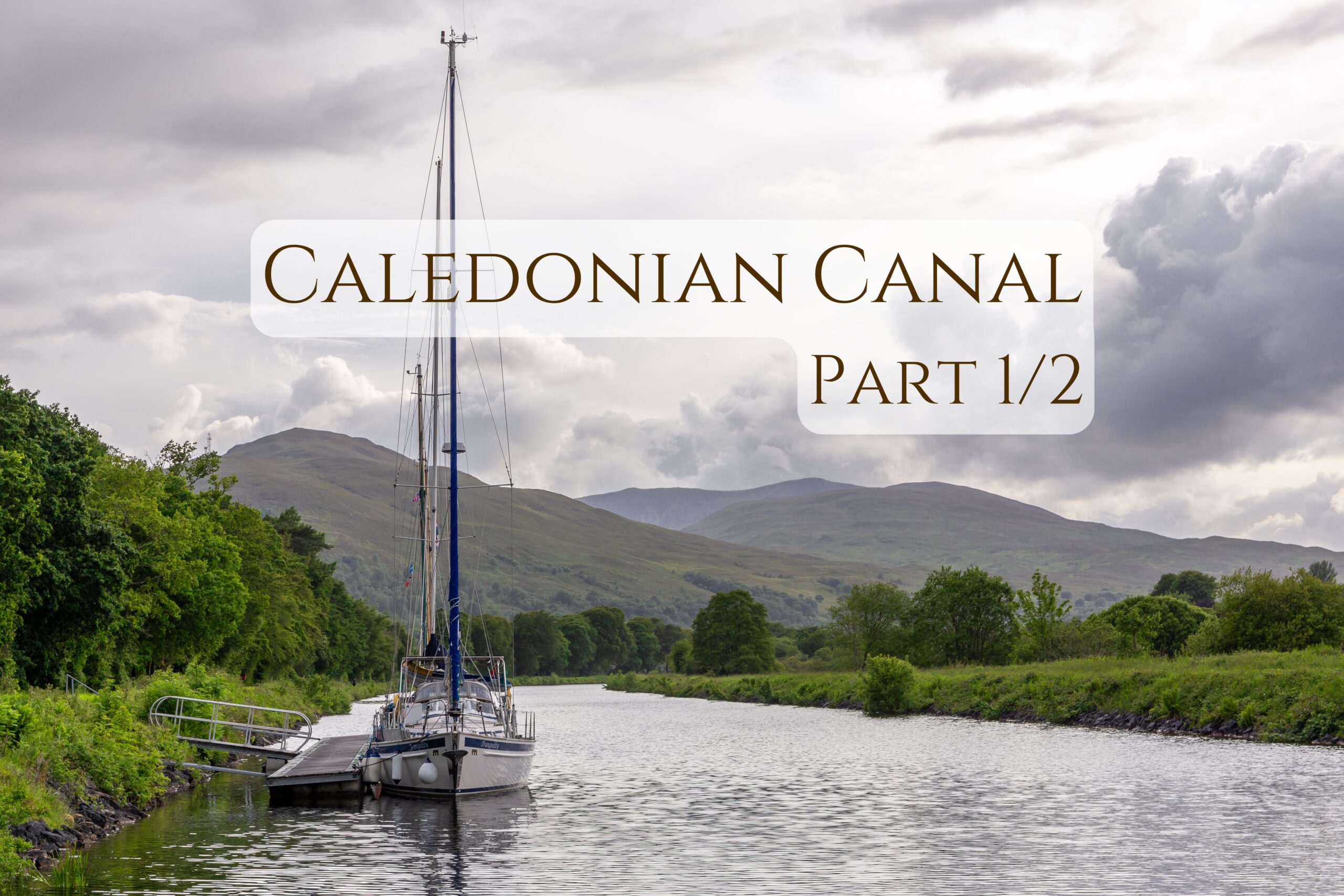
No responses yet